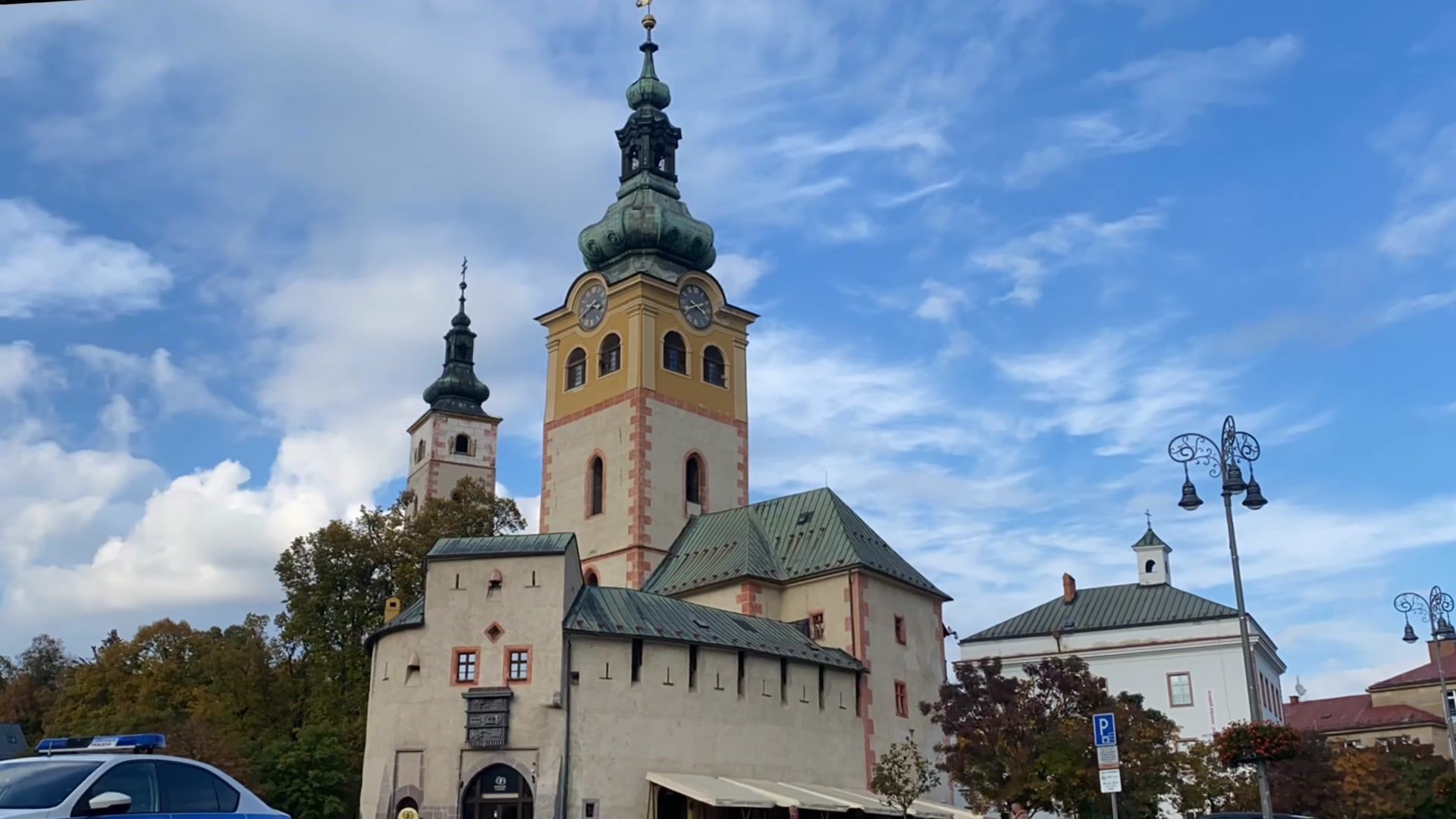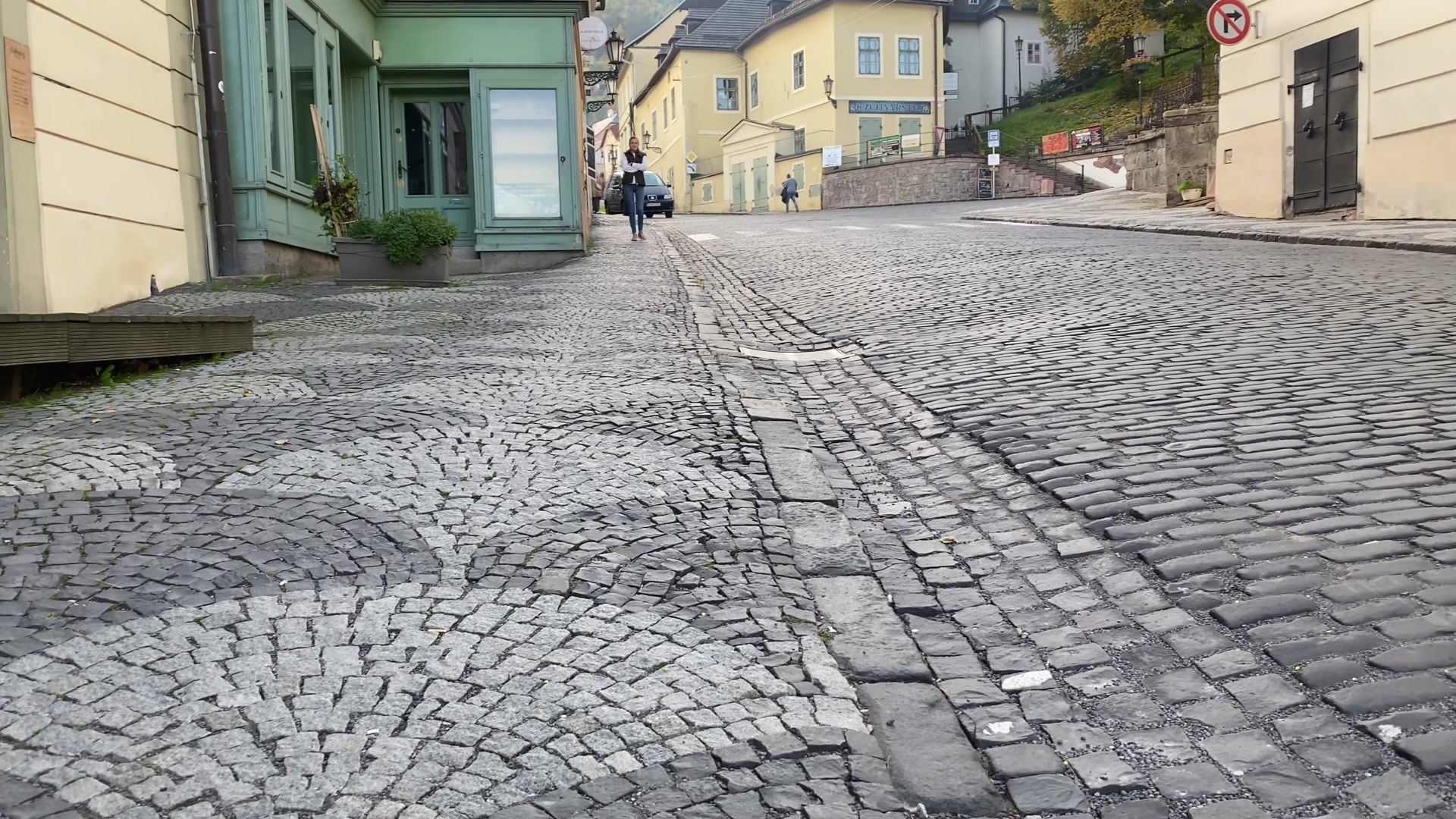Hello friends, we have arrived in Banská Štiavnica, an unusual city in Slovakia. This city is listed as a UNESCO world heritage site. We stopped by the old castle, but unfortunately we could only see it from the outside as it closes at 5 pm and we arrived late.
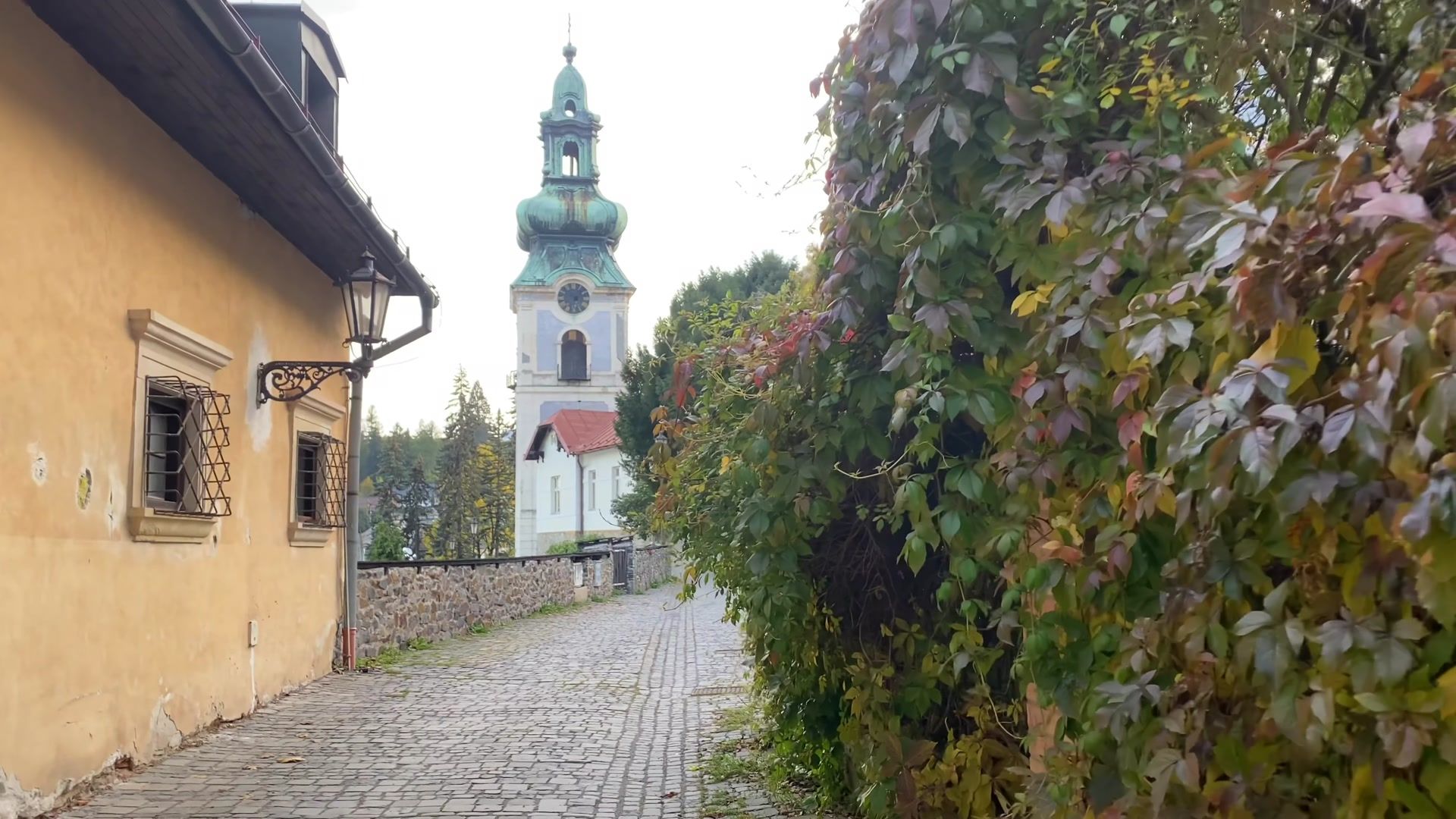
One of the main tourist attractions of this beautiful city is the old castle, with the magnificent Basilica of the Assumption of the Virgin Mary built atop a mountain in the 12th century. In the 15th century the church was surrounded by a stone wall, but in the 16th century, the complex was transformed into a castle to protect the townspeople from raids. Thus centuries later the basilica turned into a castle. Today the Old castle is a historical complex housing a museum.
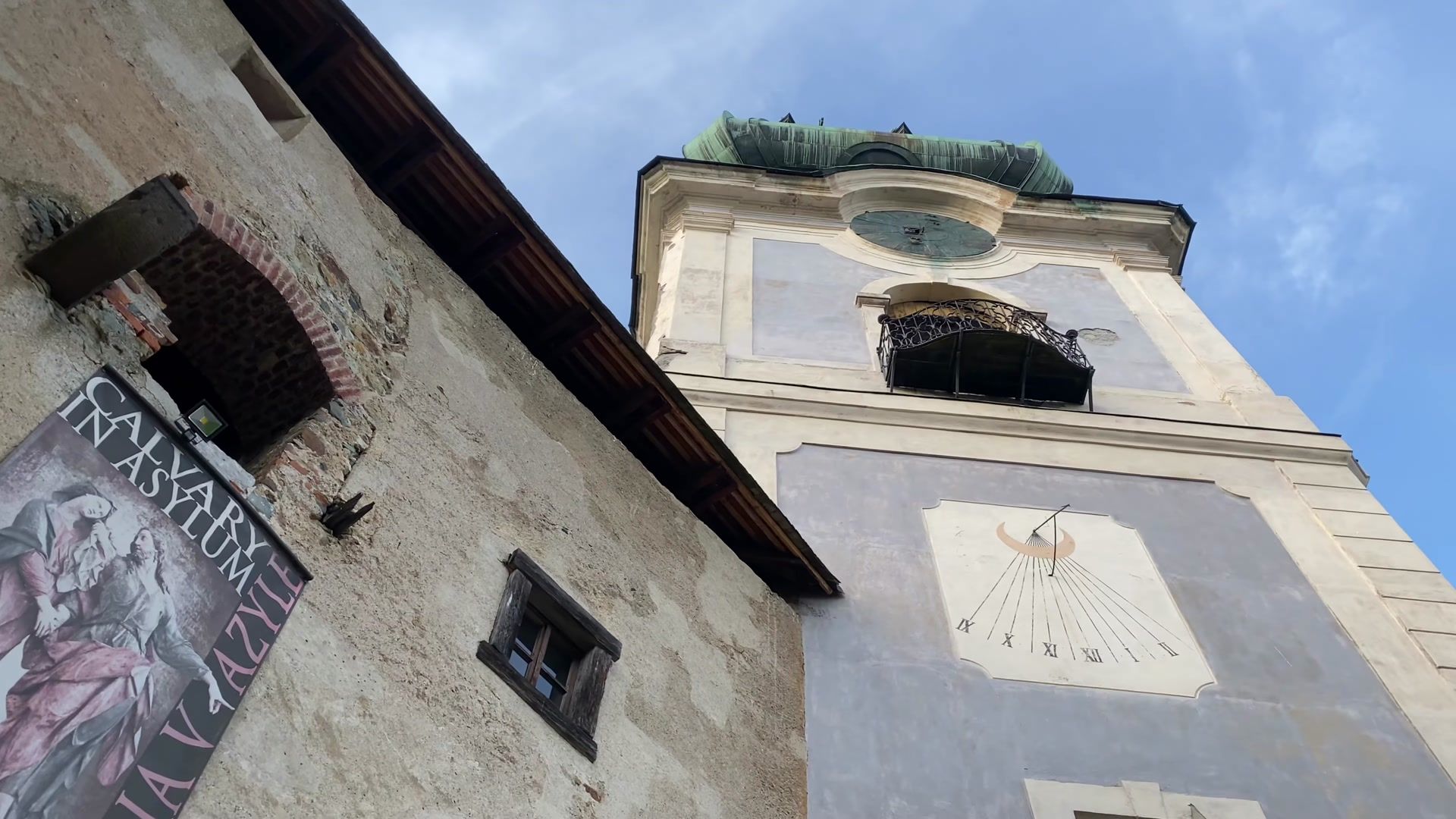
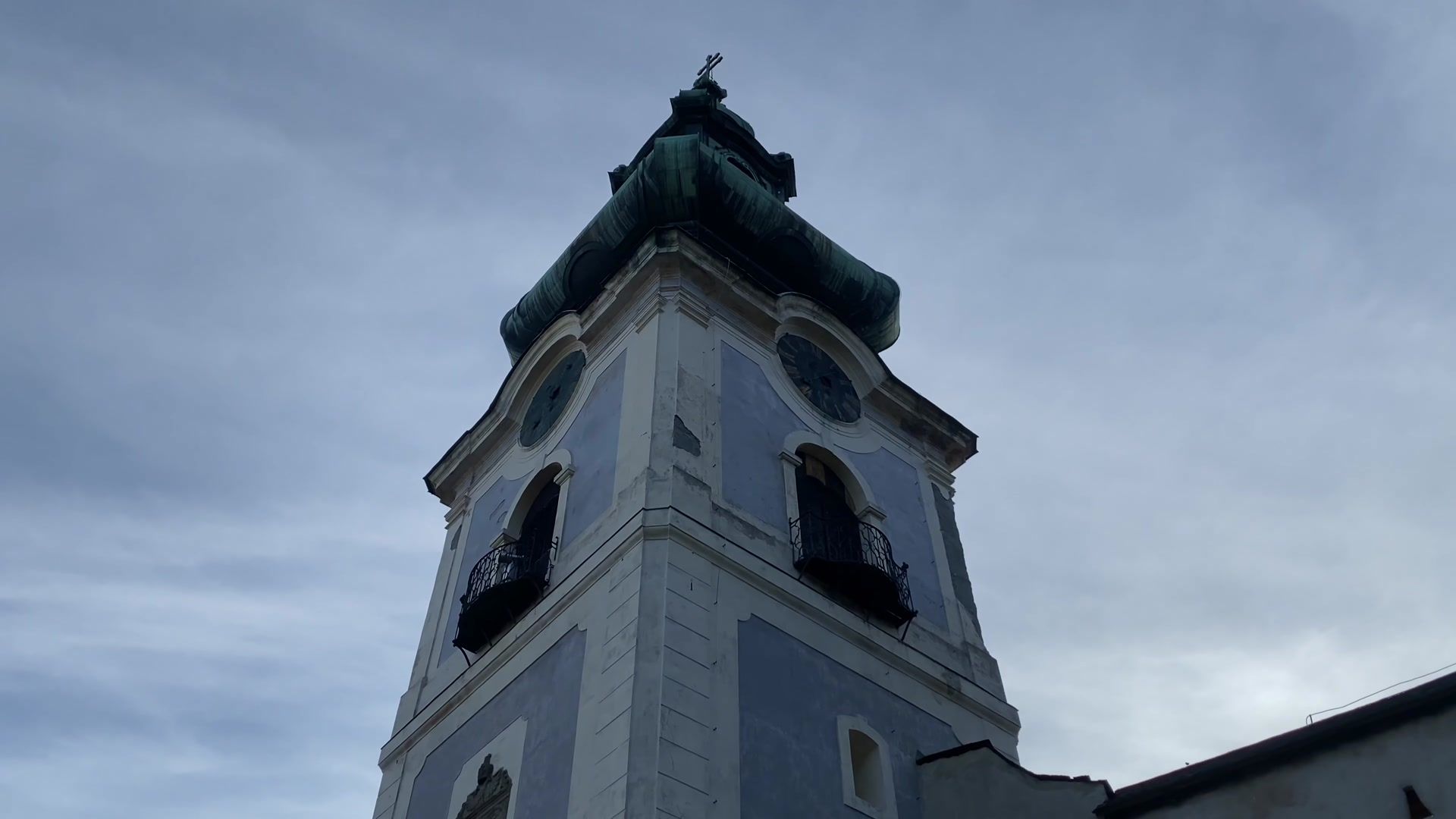
There is also a New castle, which we visited later. The whole city is literally filled with history. We noticed a new construction very close to an old building as we passed by. I can't even imagine the amount of money and permits needed to build a modern structure in such a city.
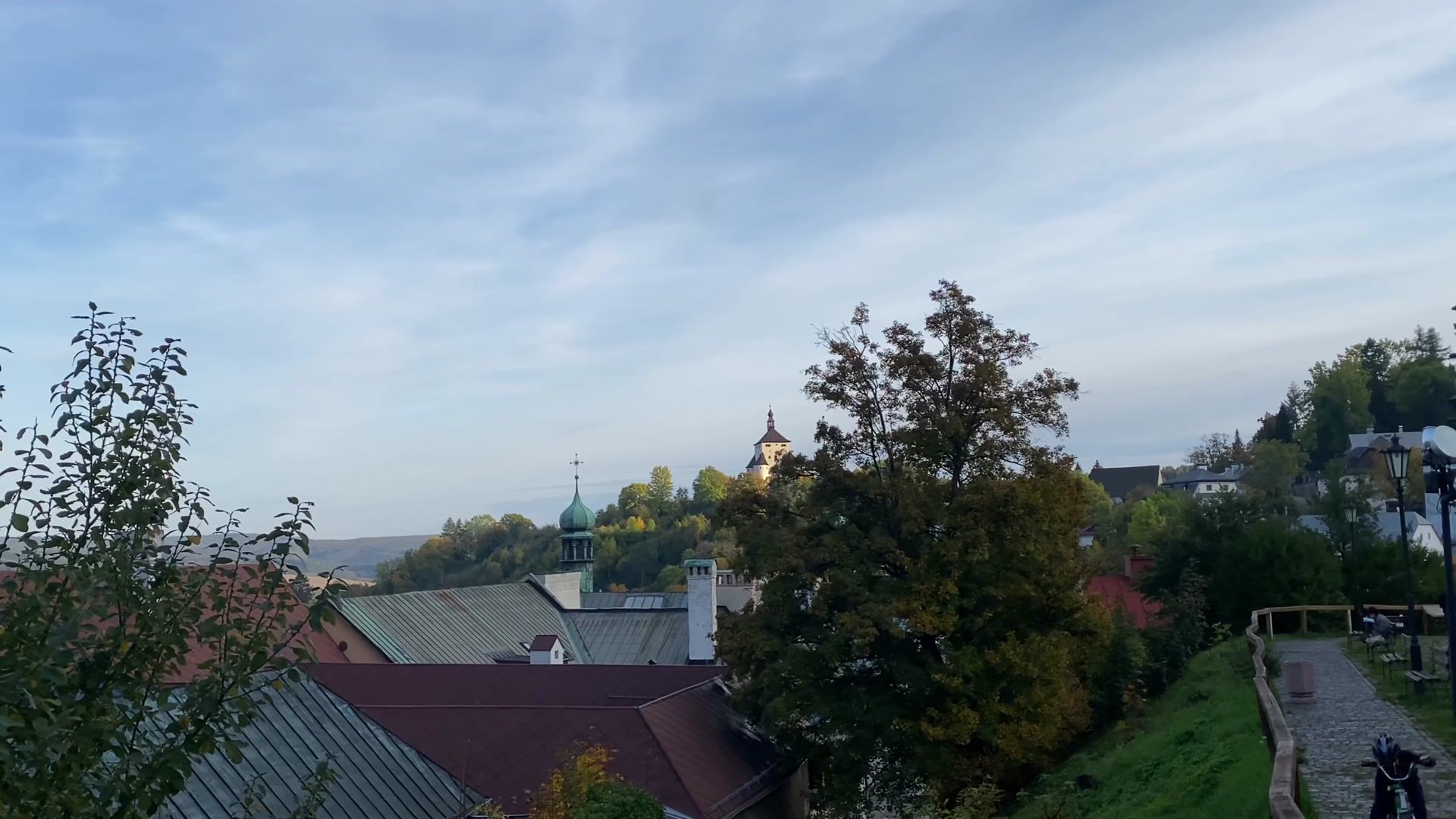
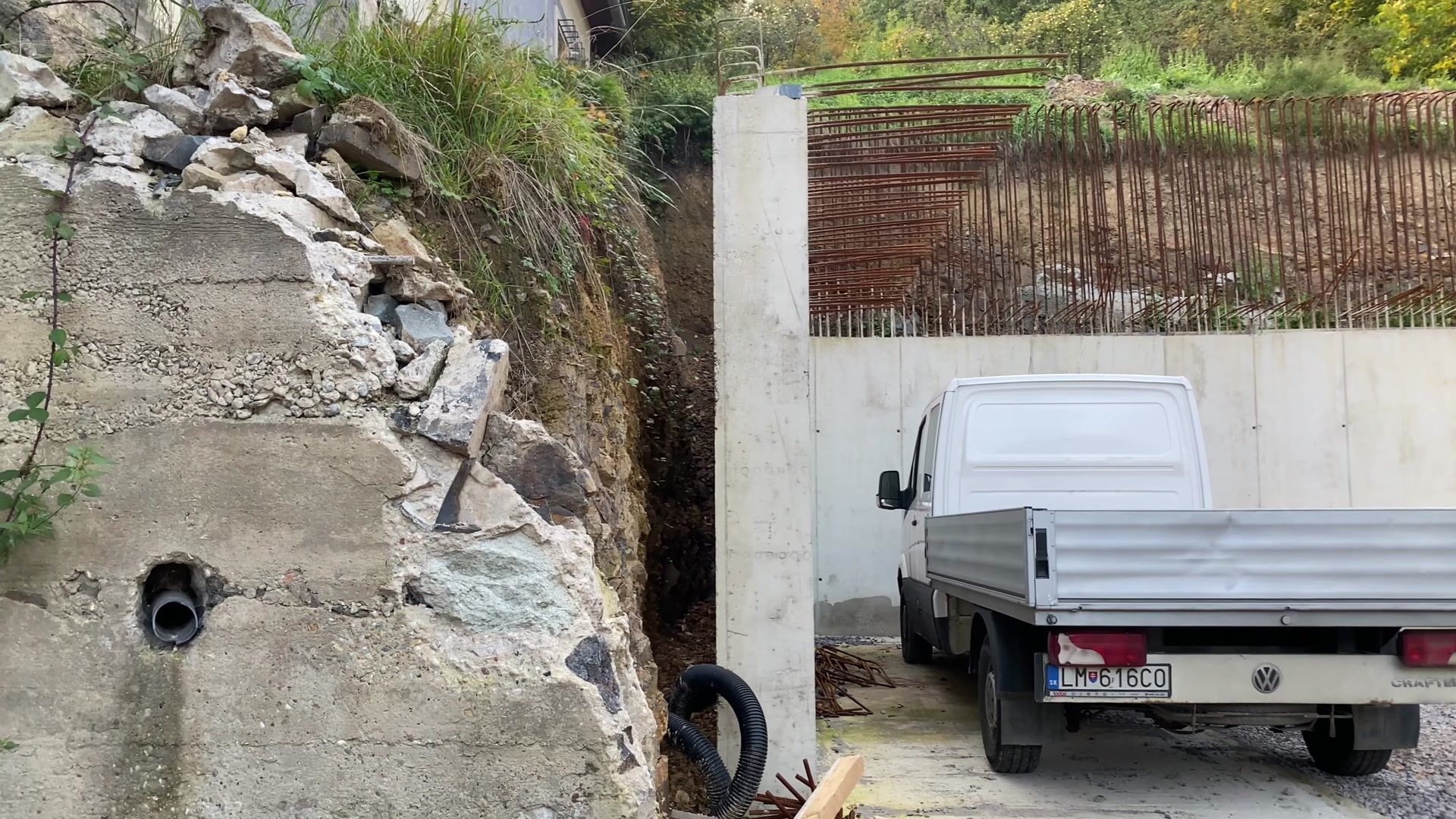
The houses were very impressive, colorful, making us feel like we were in Copenhagen or Amsterdam. Along our way there was a notable structure like the Jozef Kollár Gallery.
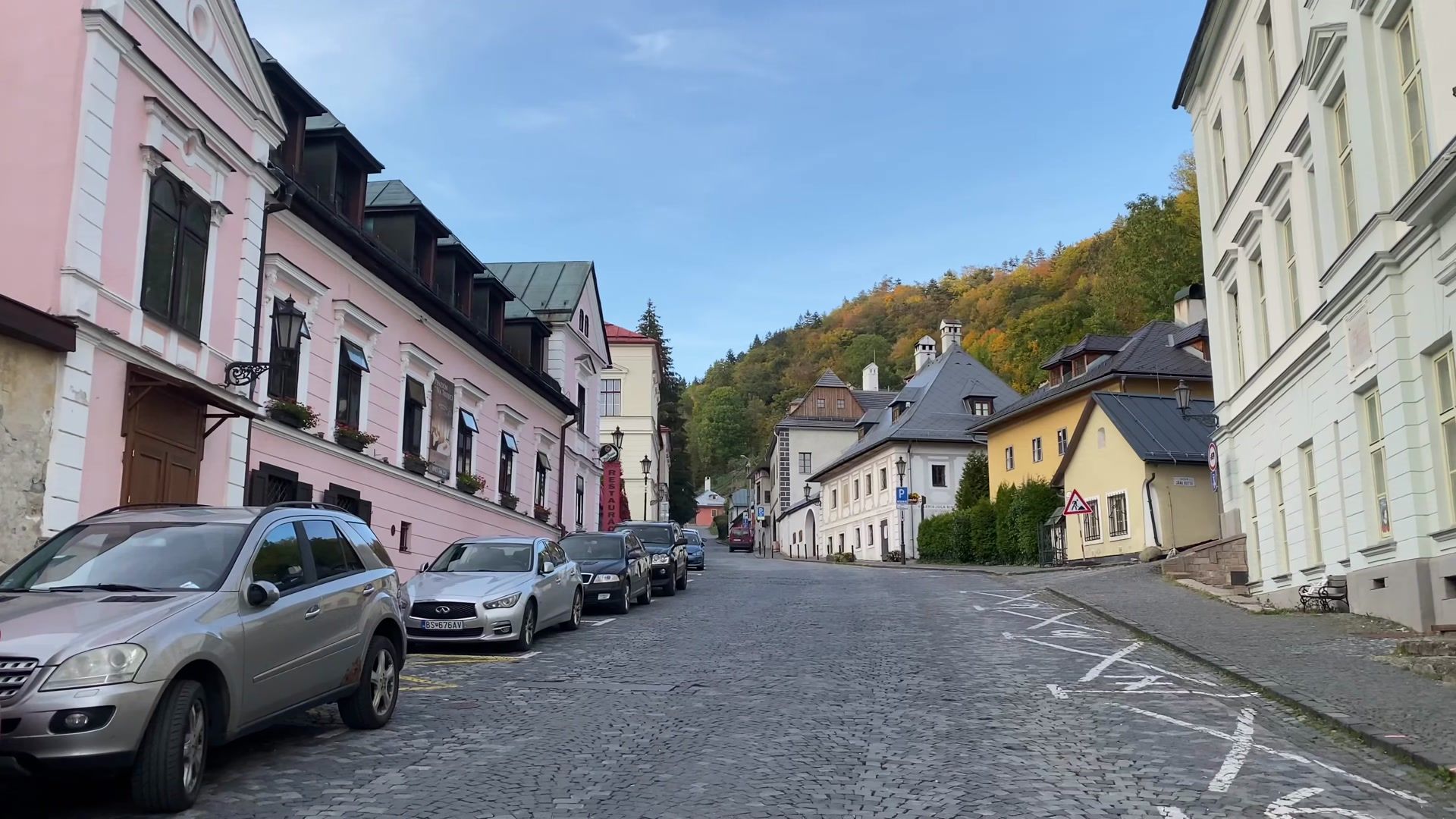
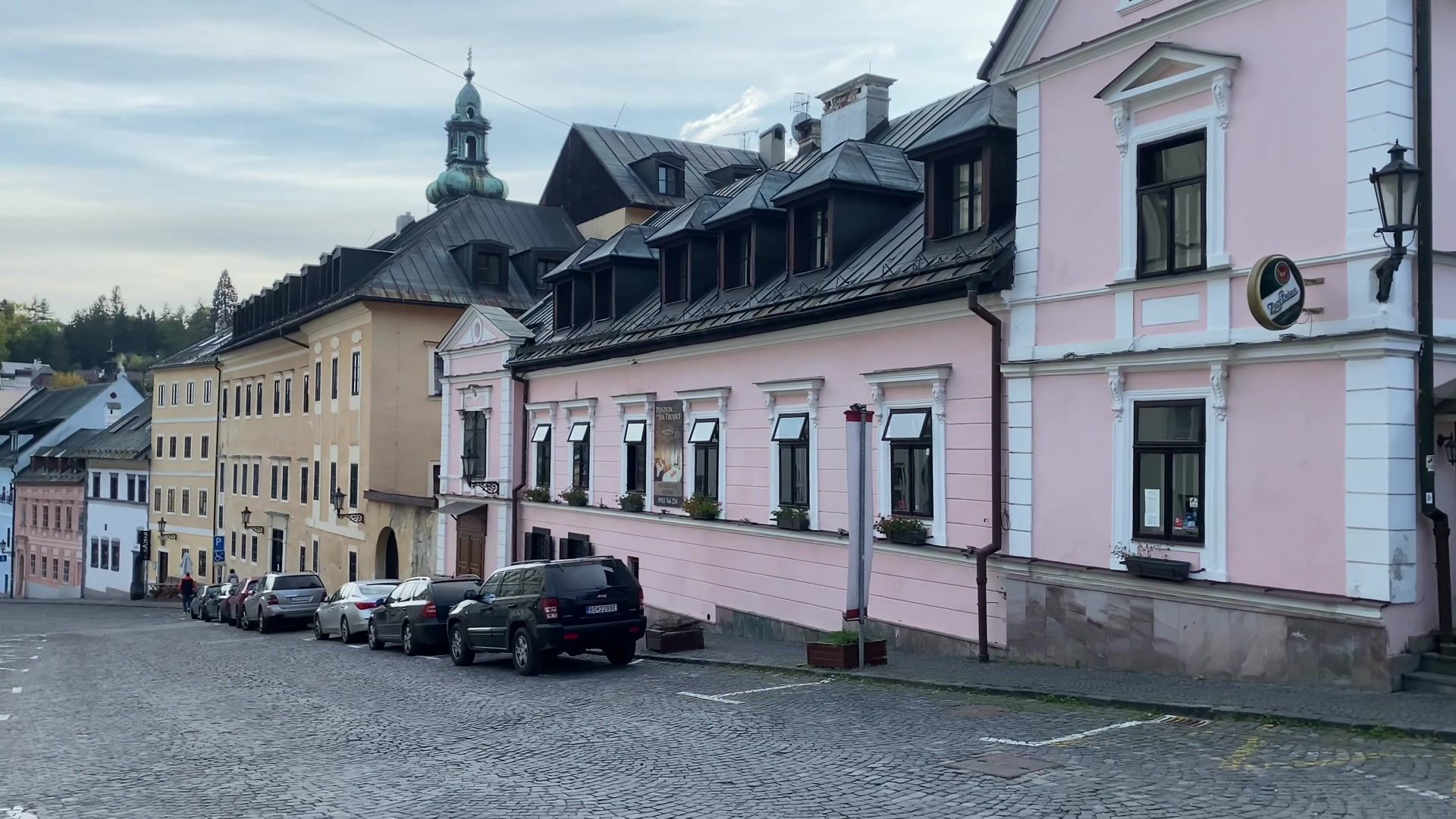
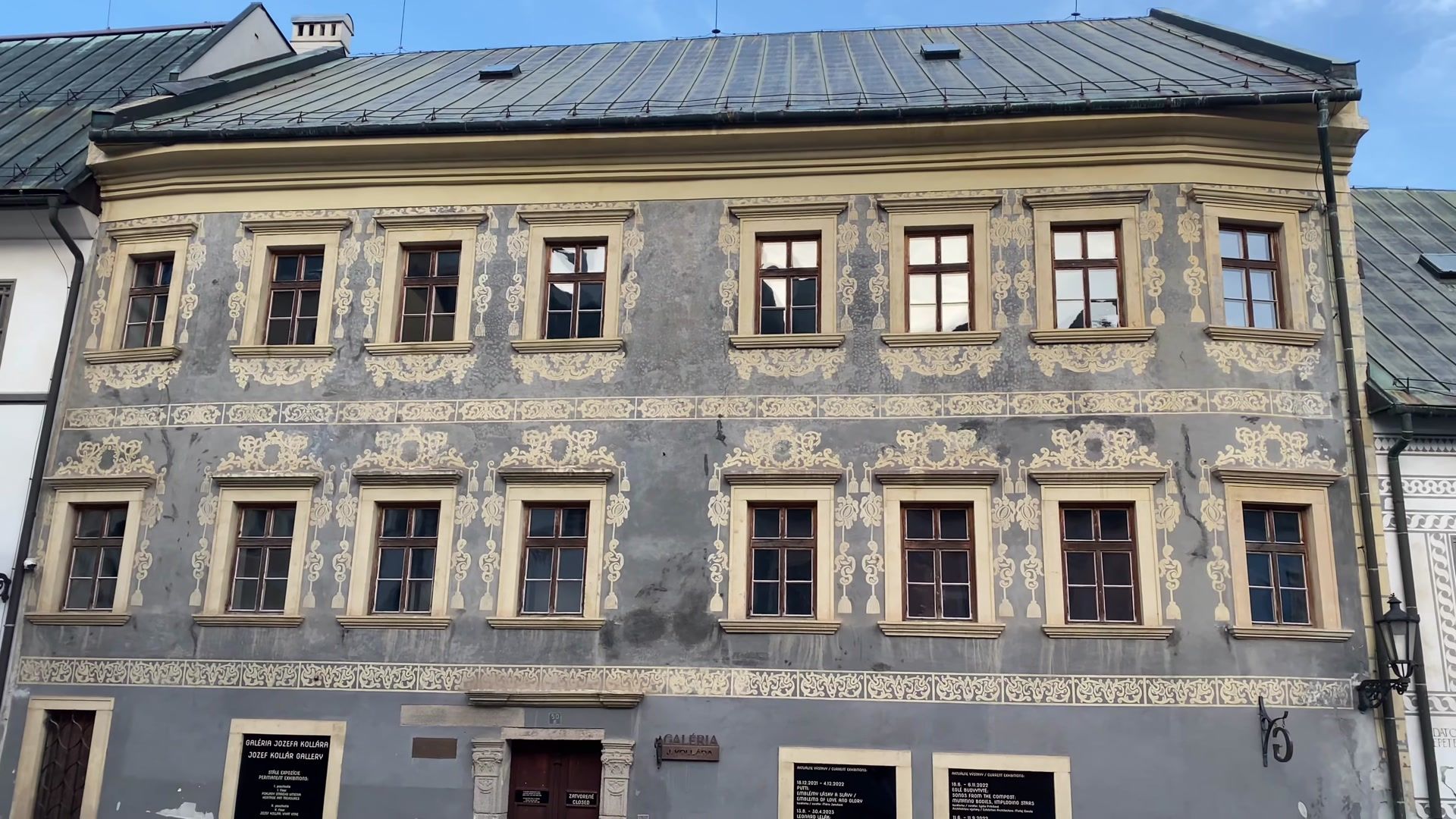
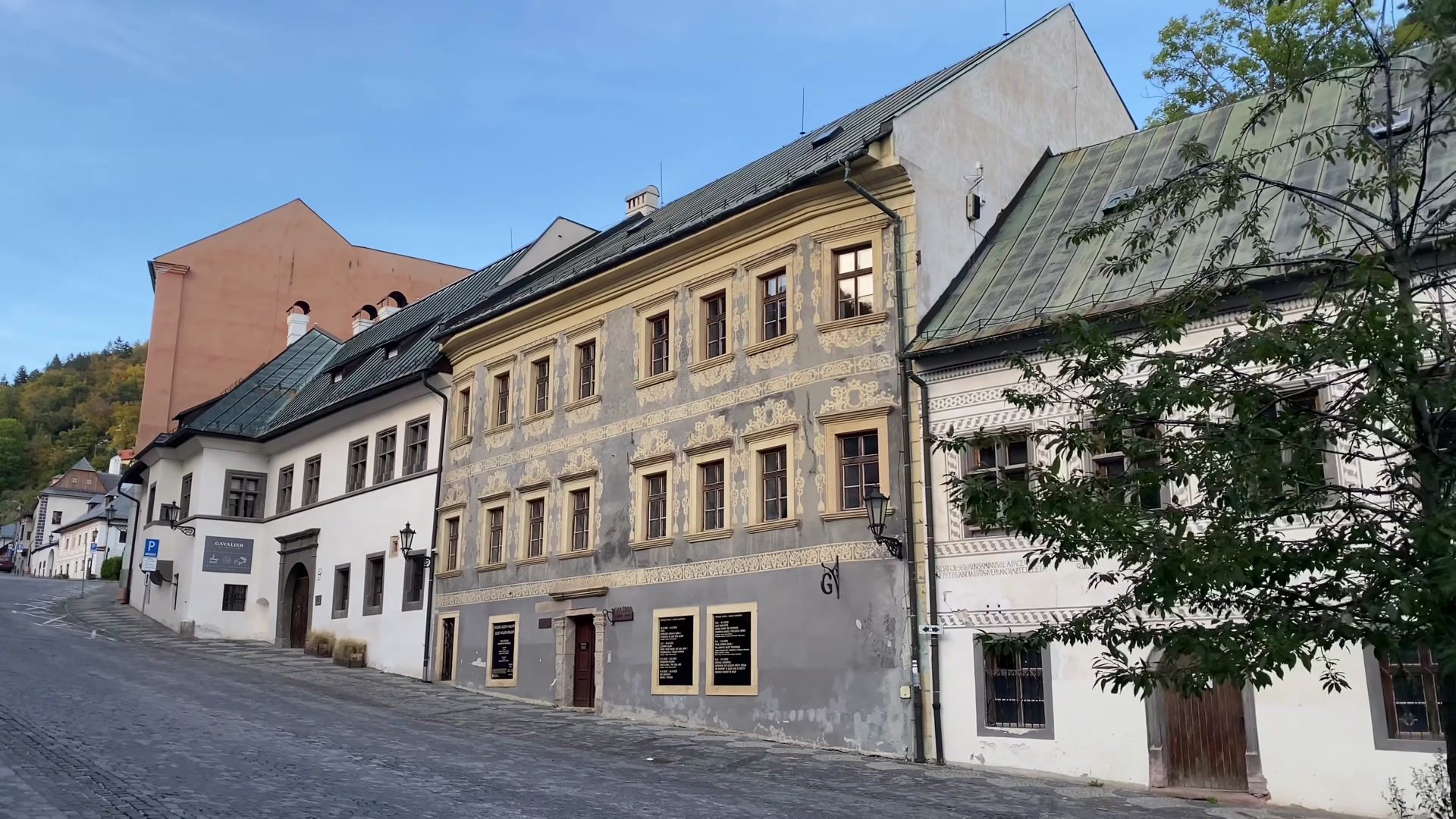
Then we started walking at the Holy Trinity Square, which is a very beautiful square where the pavement almost merges with the road, making you feel like you are walking in a massive pedestrian area. Here right below, there is a stage where performances probably take place. This charming town nestled among the forested hills of Central Slovakia, has a current population of about 10.000. The first mention of Banská Štiavnica dates back to 1217. Over the centuries the city was significant for silver and gold mining. Until the end of the 18th century it was the third-largest city in the Austro-Hungarian Empire by population, with 23.000 inhabitants. During those years, a significant amount of silver and gold was extracted here. Later it transformed from a small mining settlement into one of the most beautiful and most visited tourist destinations.
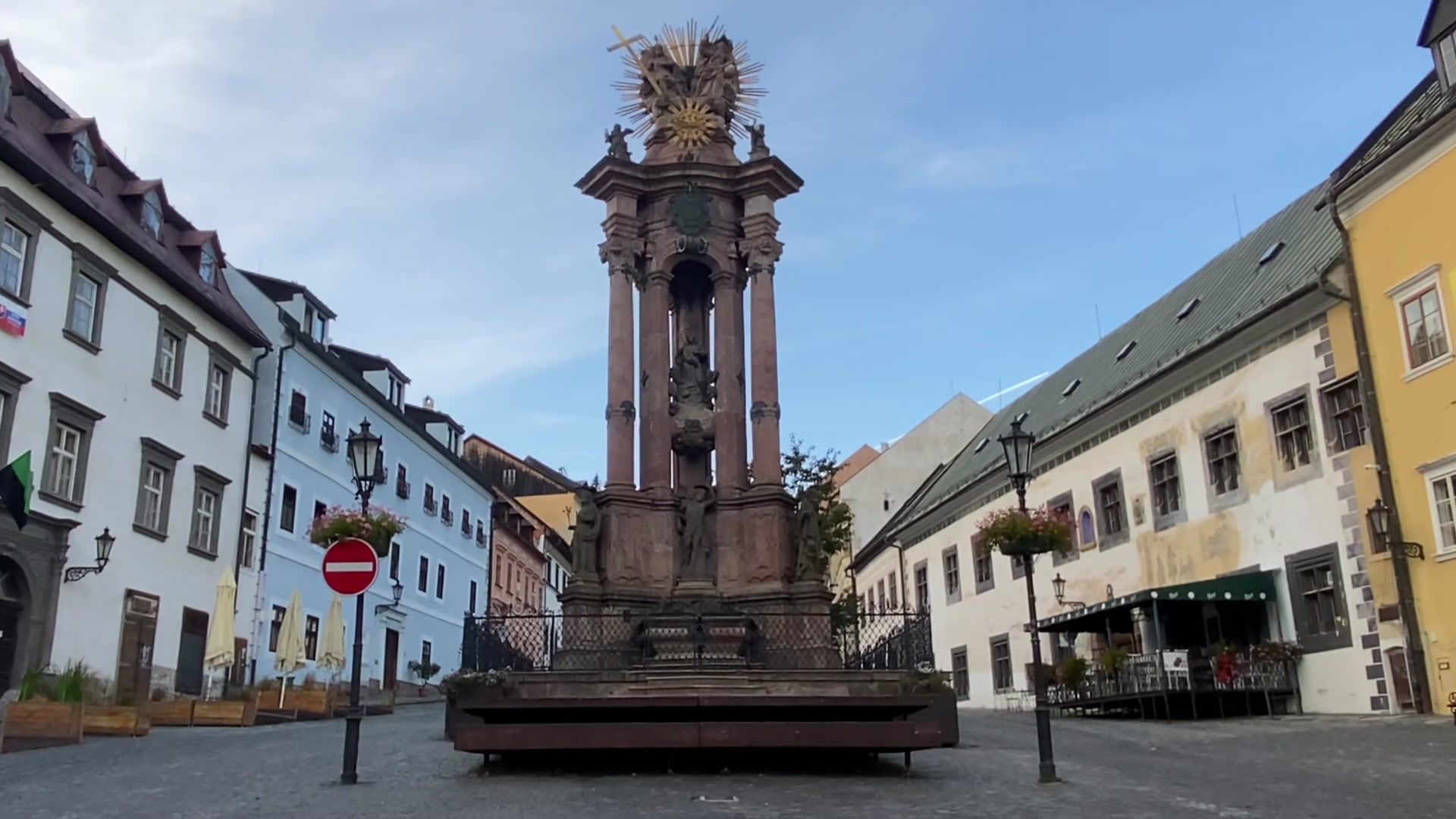
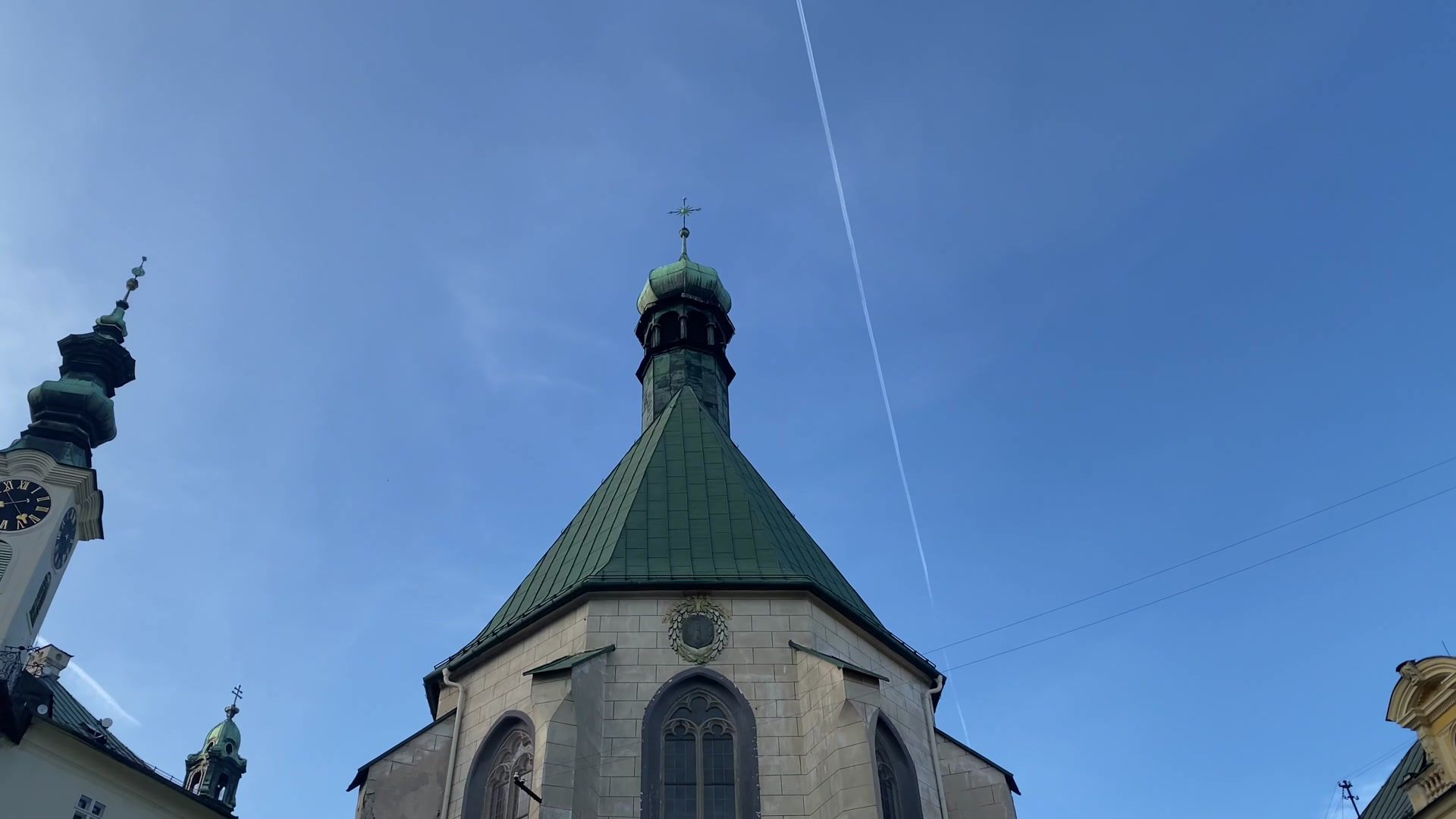
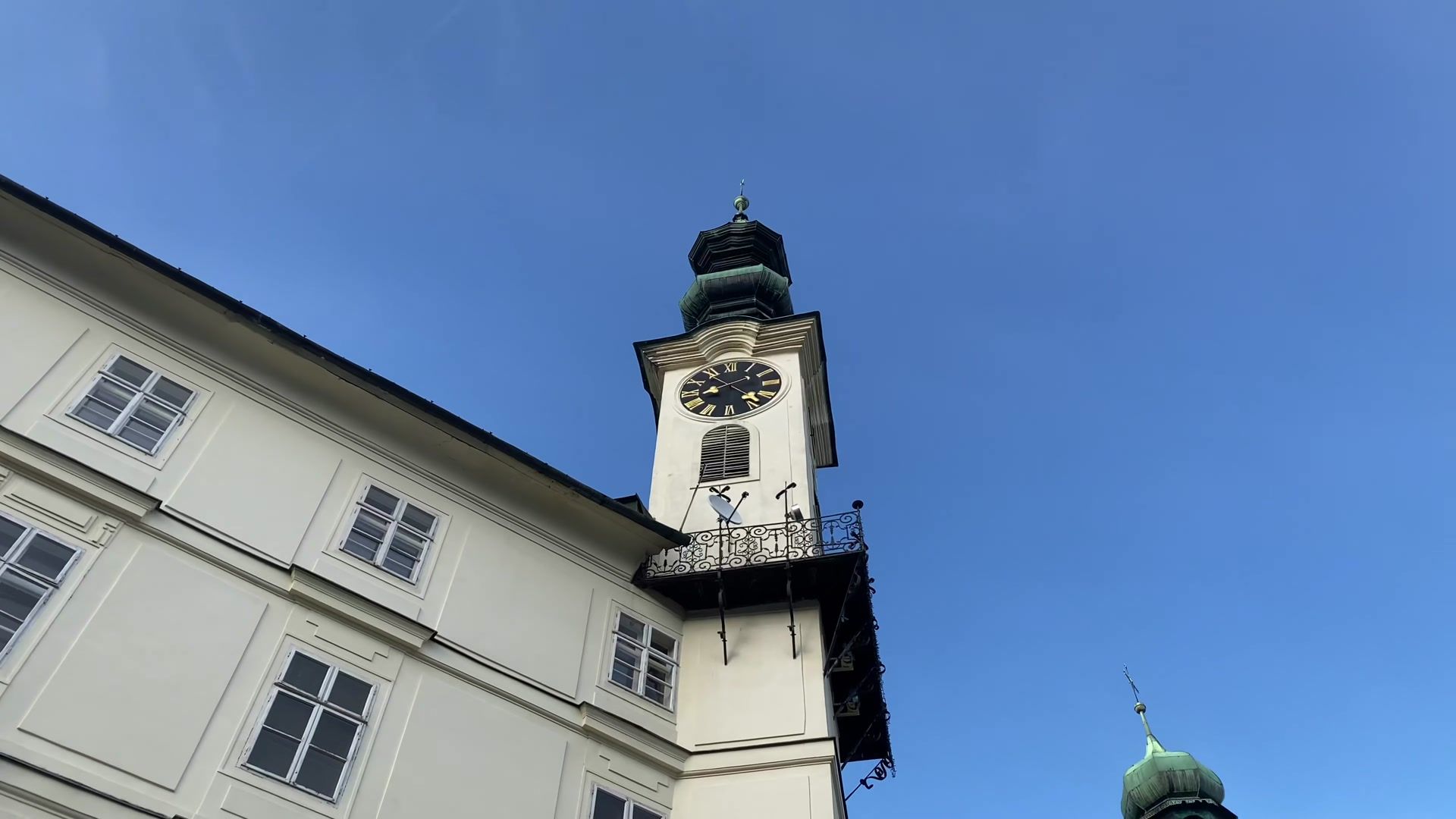
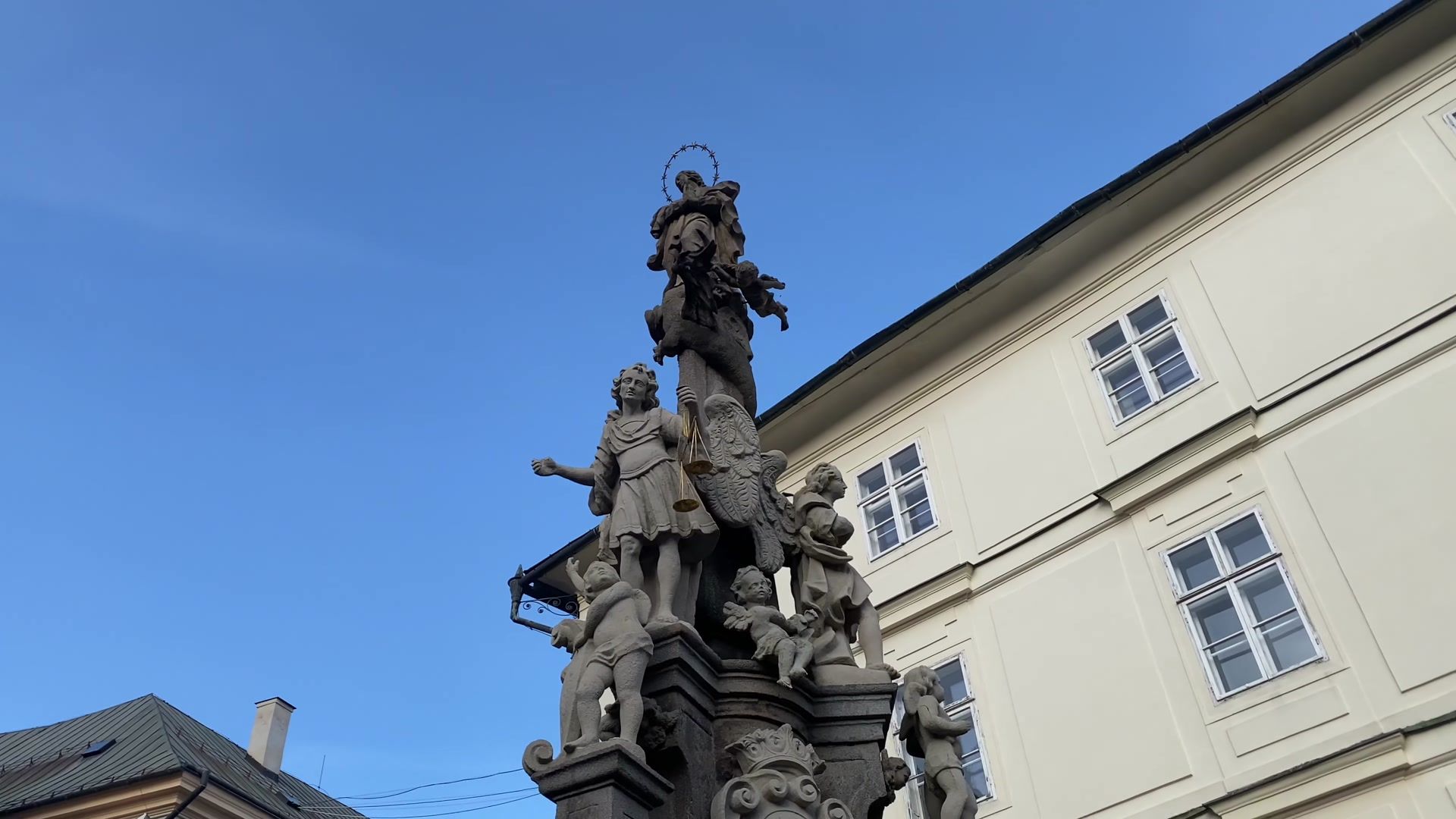
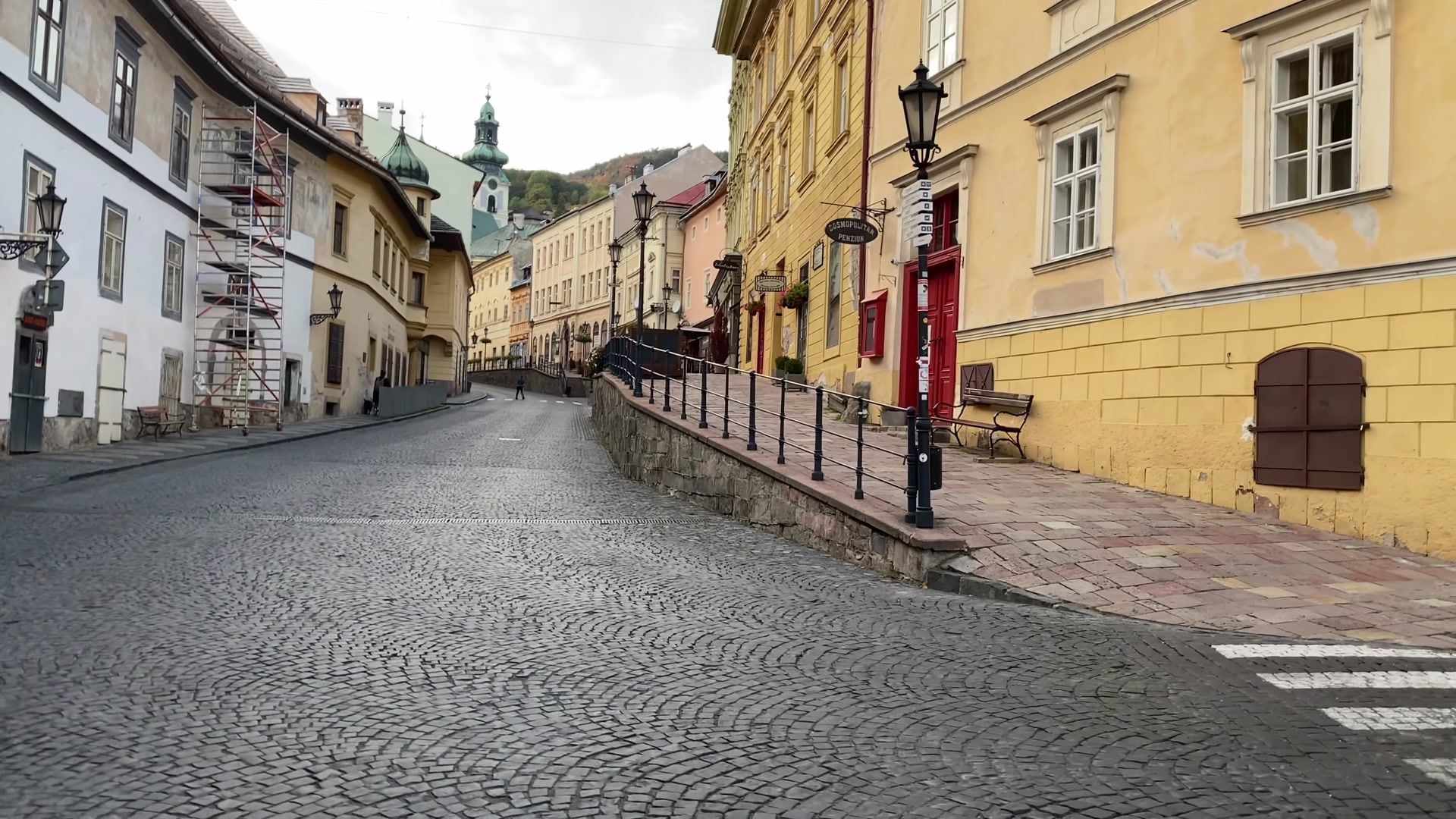
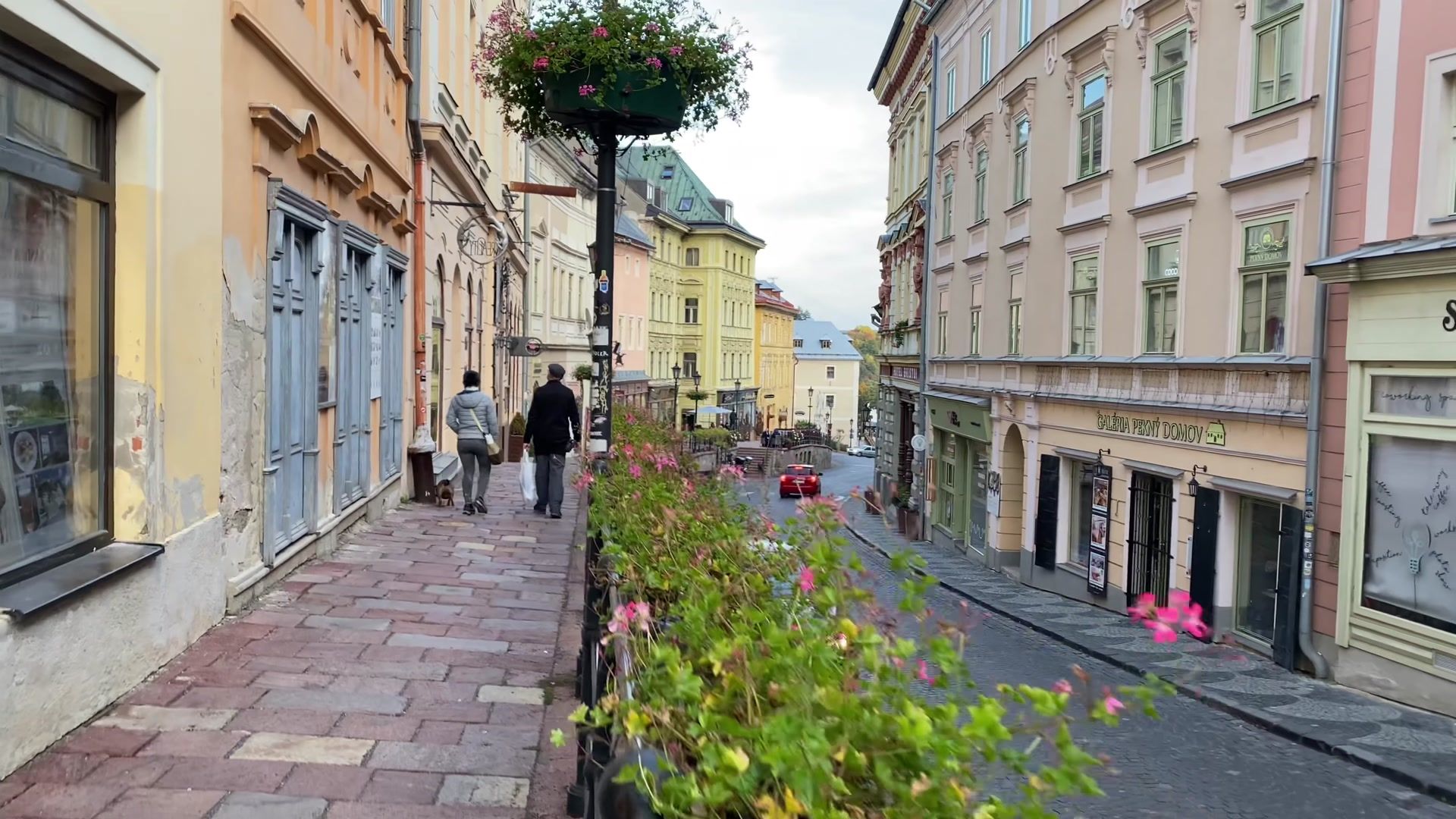
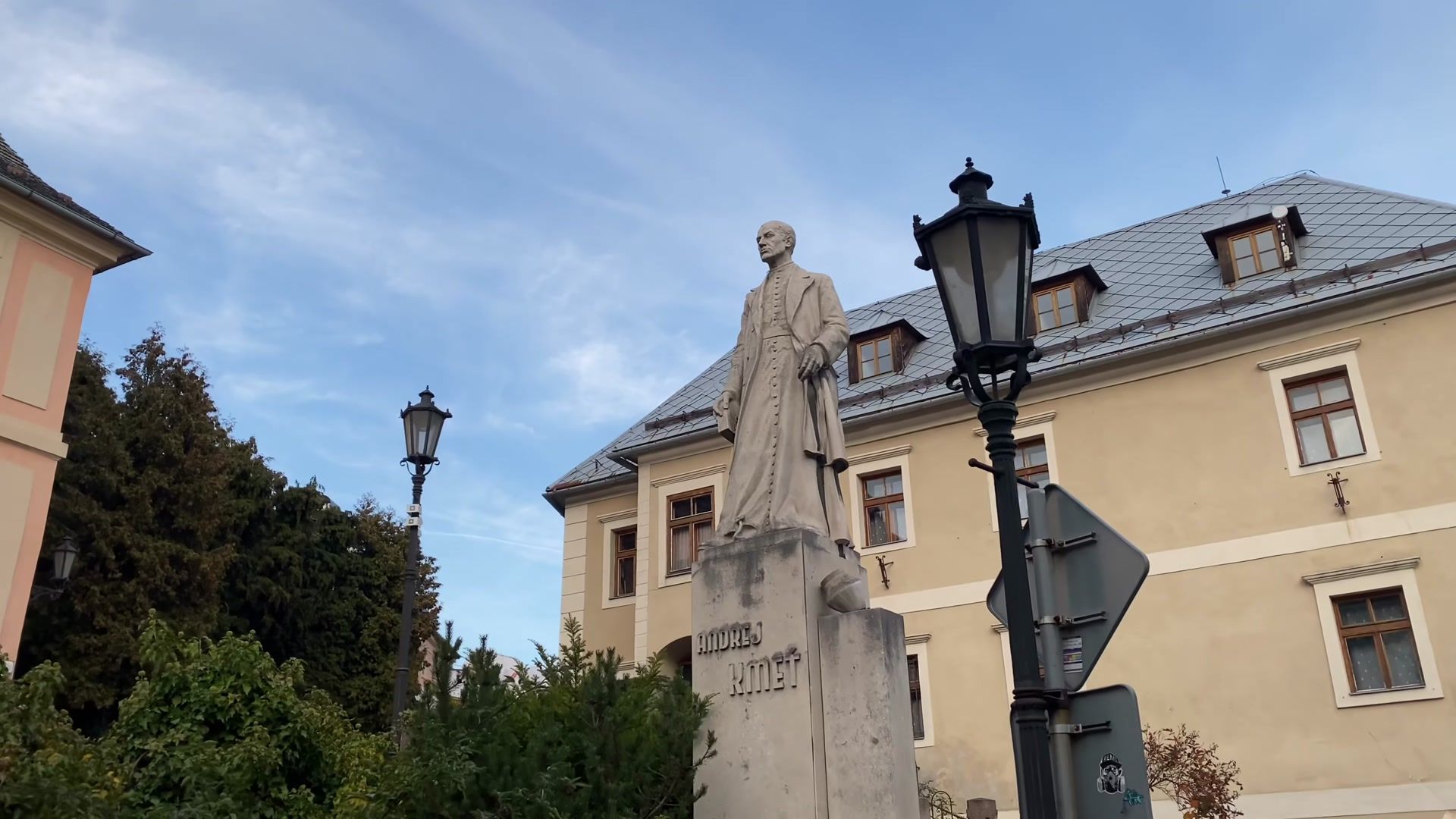
There are information posters throughout the city, so you definitely won't get lost. Very informative. There are also drinking water fountains everywhere, so you won't go thirsty. The entire historic center is paved this way and there is a constant noise when cars pass by, but it looks very authentic and beautiful. In the very center of the historic center is the town hall. On its wall an exhibition called the Golden Salamander is placed in the form of a relief along the entire wall.
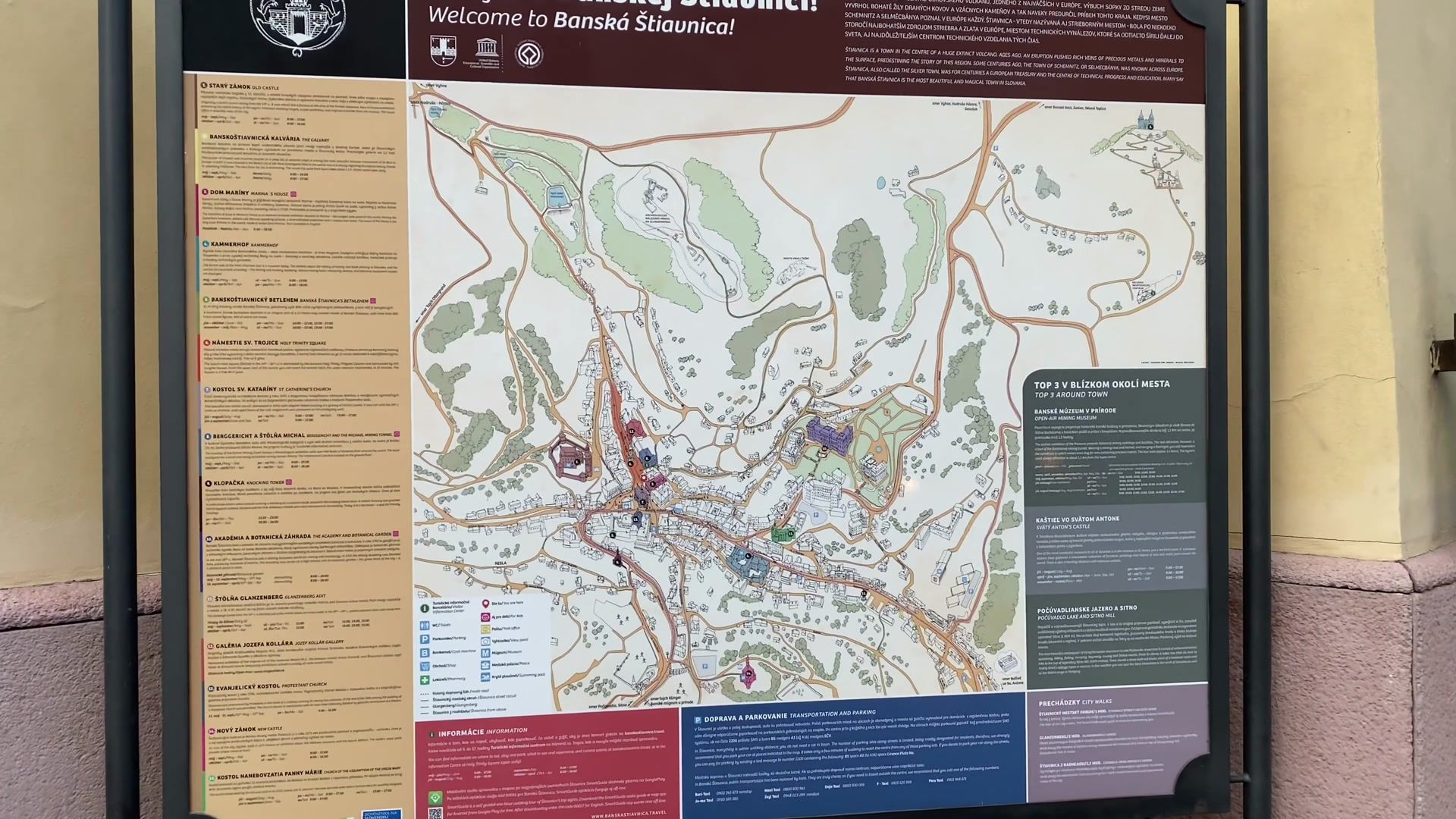
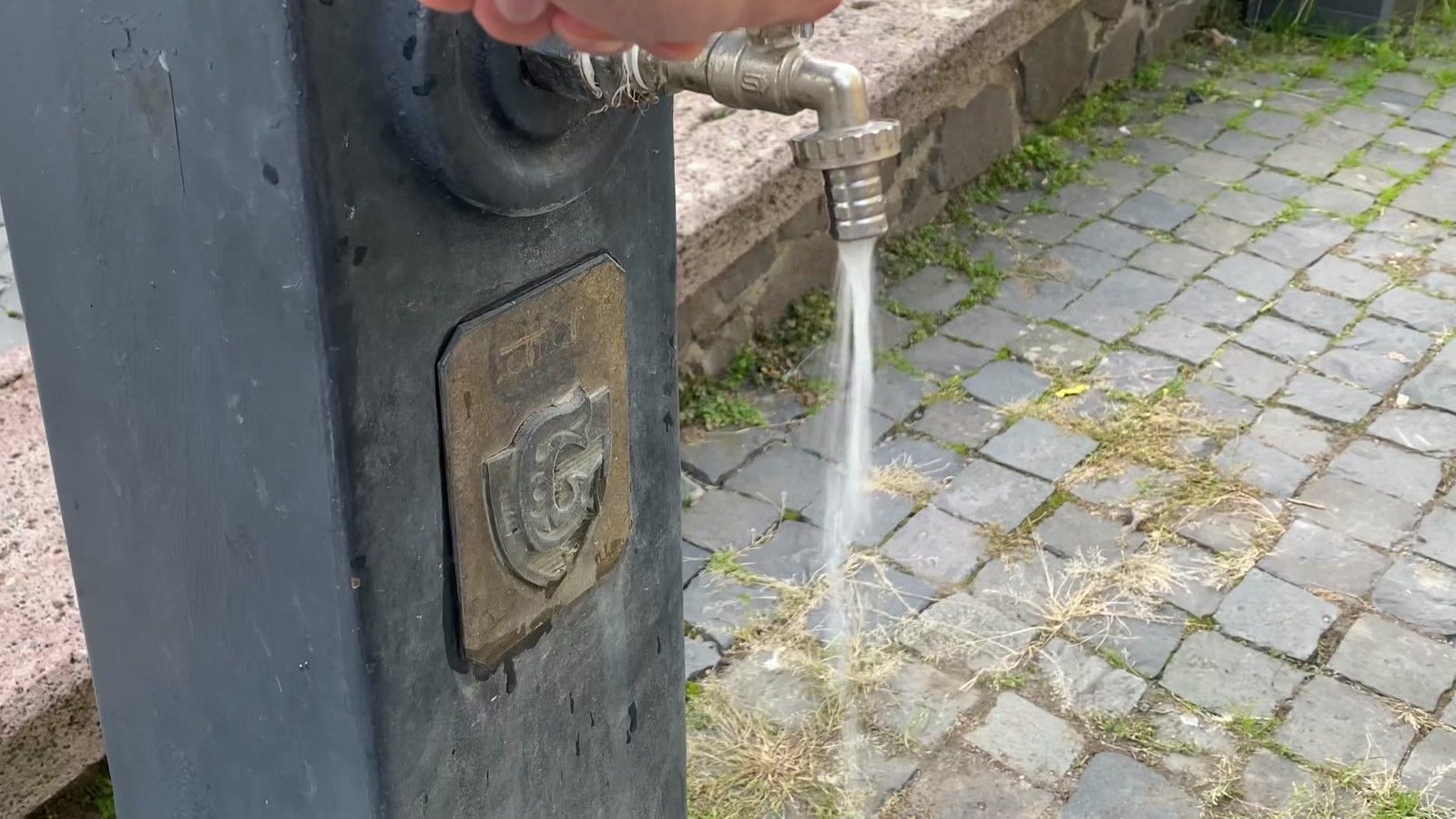
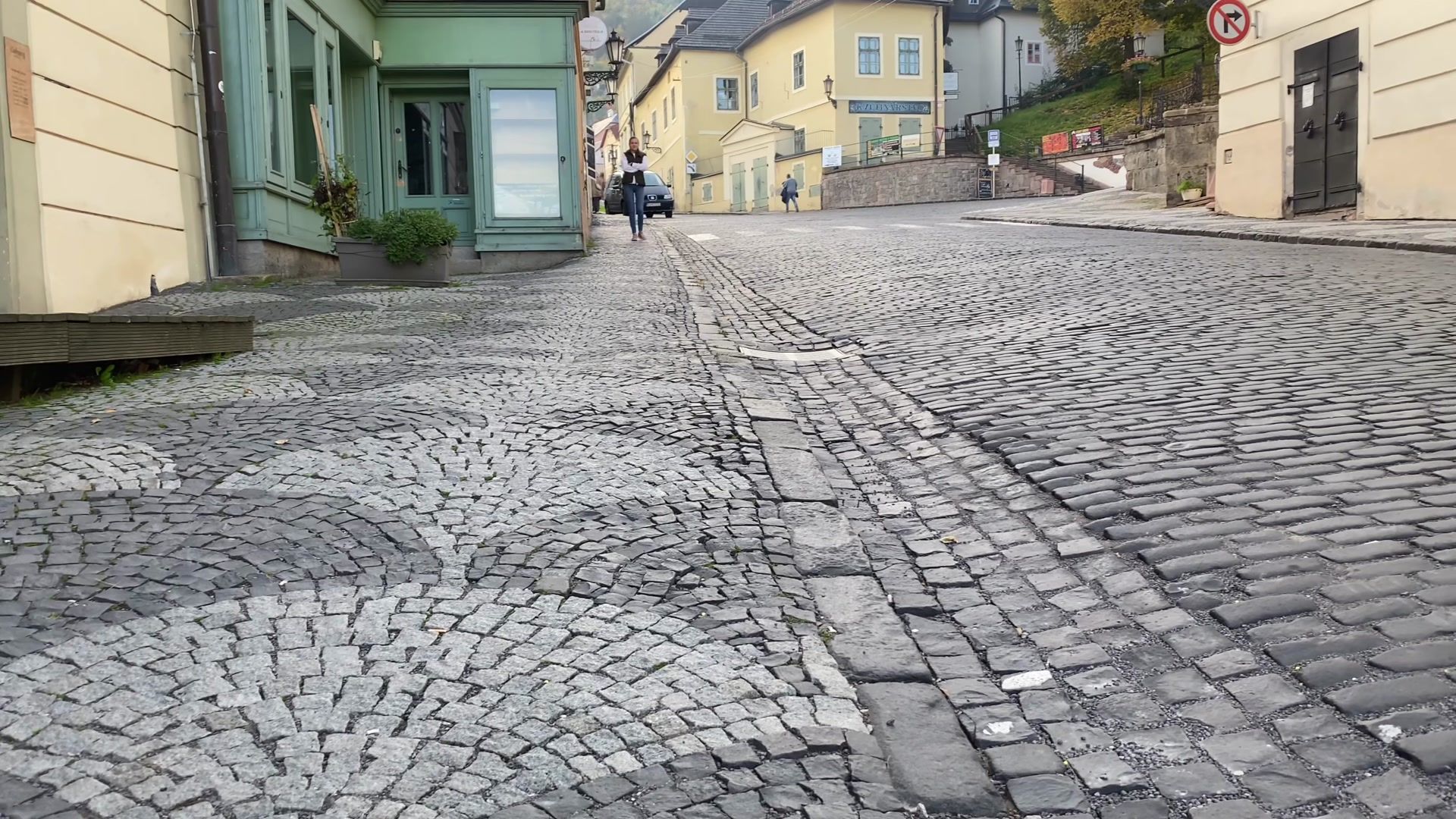

Where else can you find a love bank? It's here. The Love Bank is a museum with a romantic story that has entered the Guinness world records. The museum has placed benches at significant spots in the city.
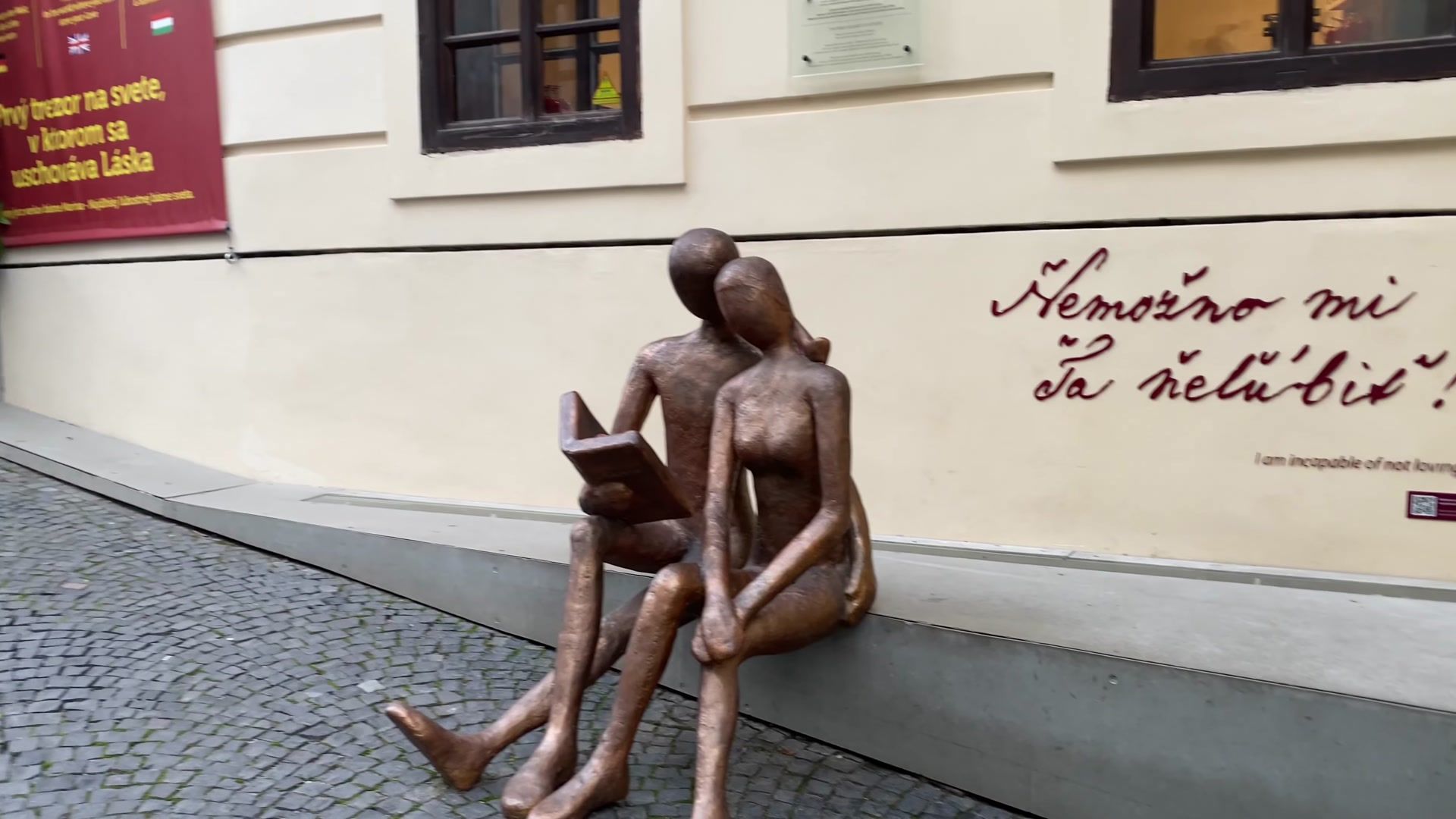
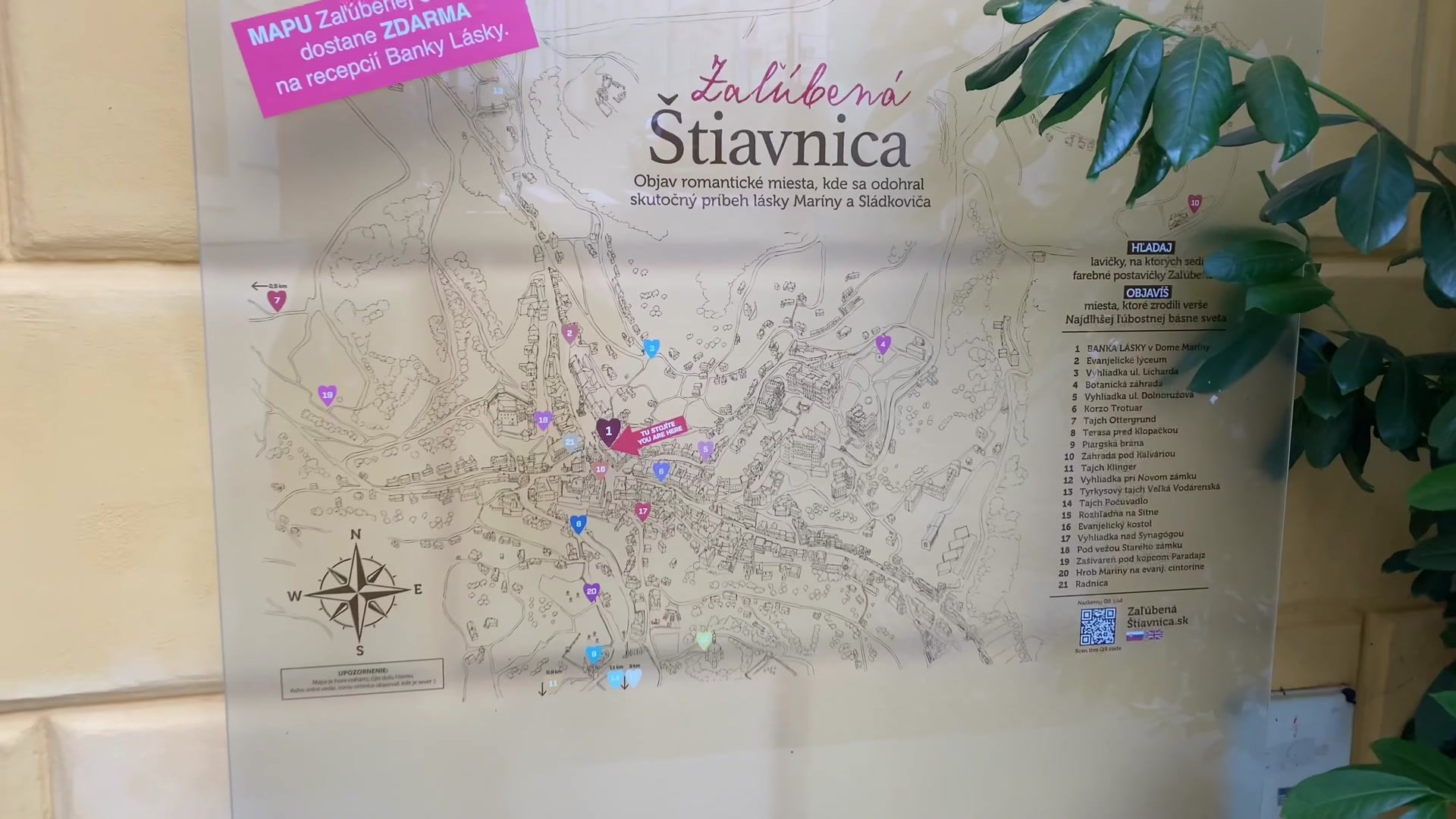
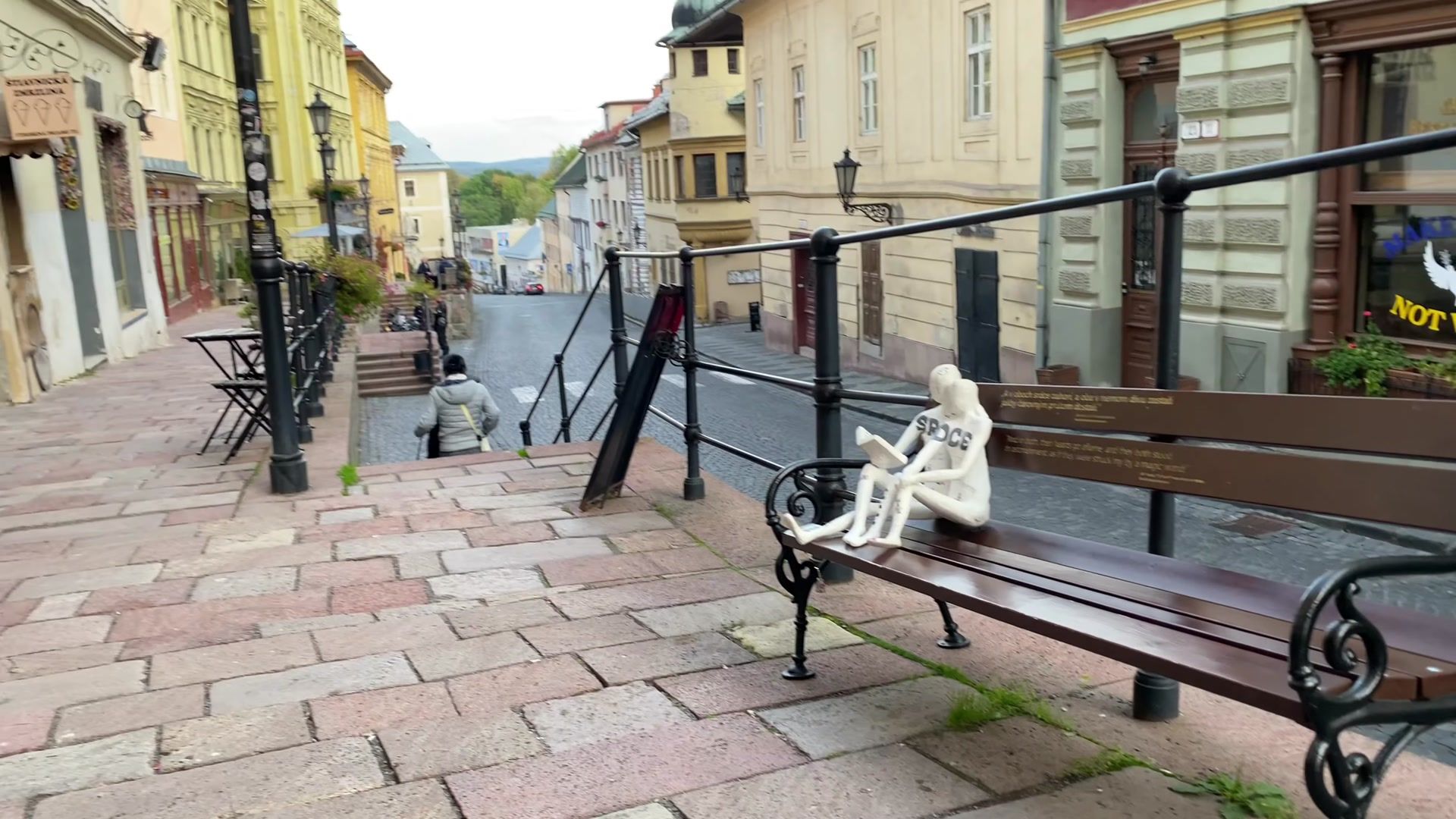
There are botanical parks in the city and a forestry university is located here.
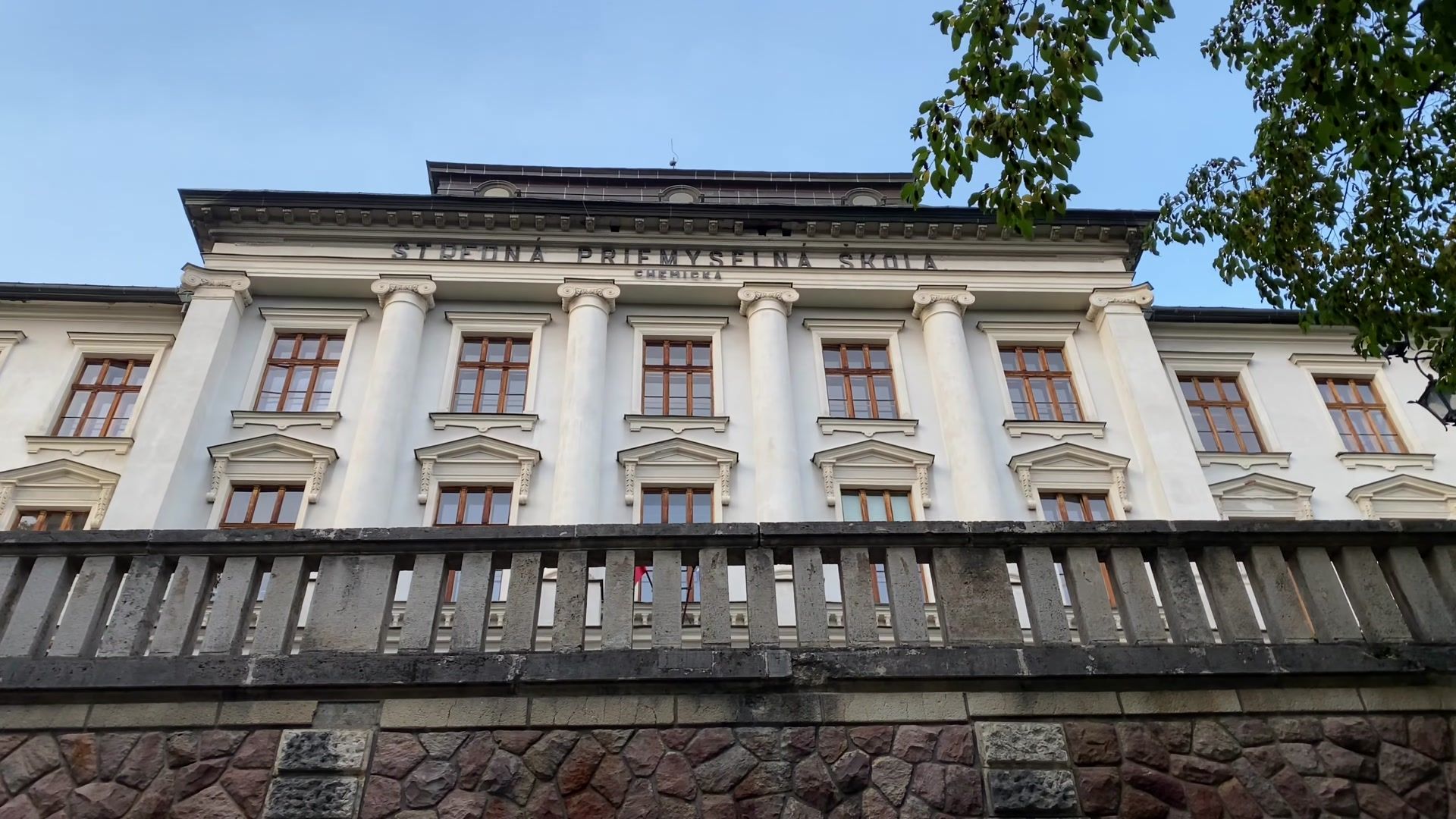
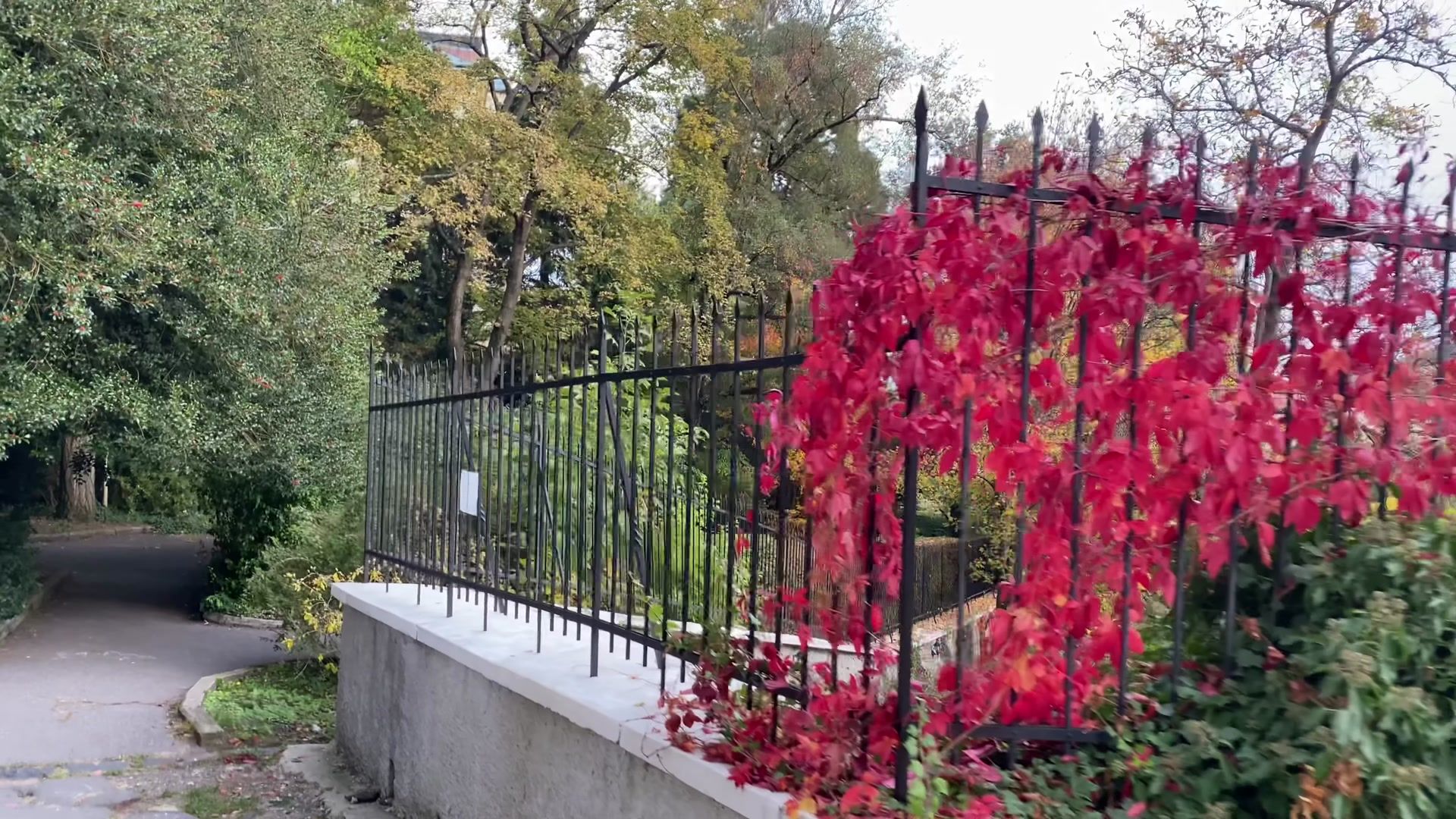
The St. Mary’s Cathedral in the city is very impressive and beautiful, appearing to stand on a high podium. Slightly below, there is an arched passage that also looks very beautiful. Behind it stands the Cathedral of St. Catherine and above it rises a town hall. Our hotel is located opposite. The place we are staying at is a very impressive hotel, with an authentic restaurant.


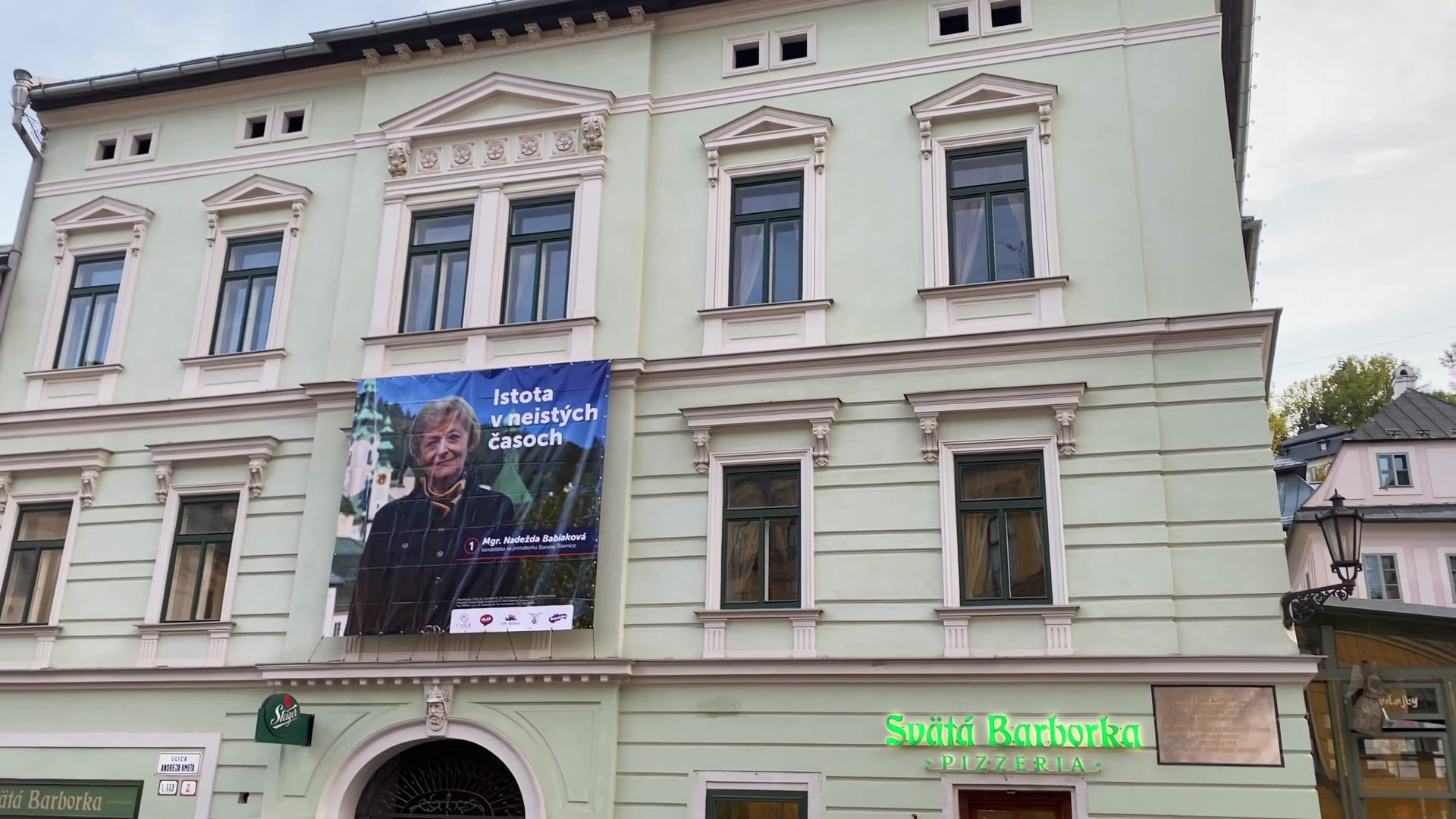
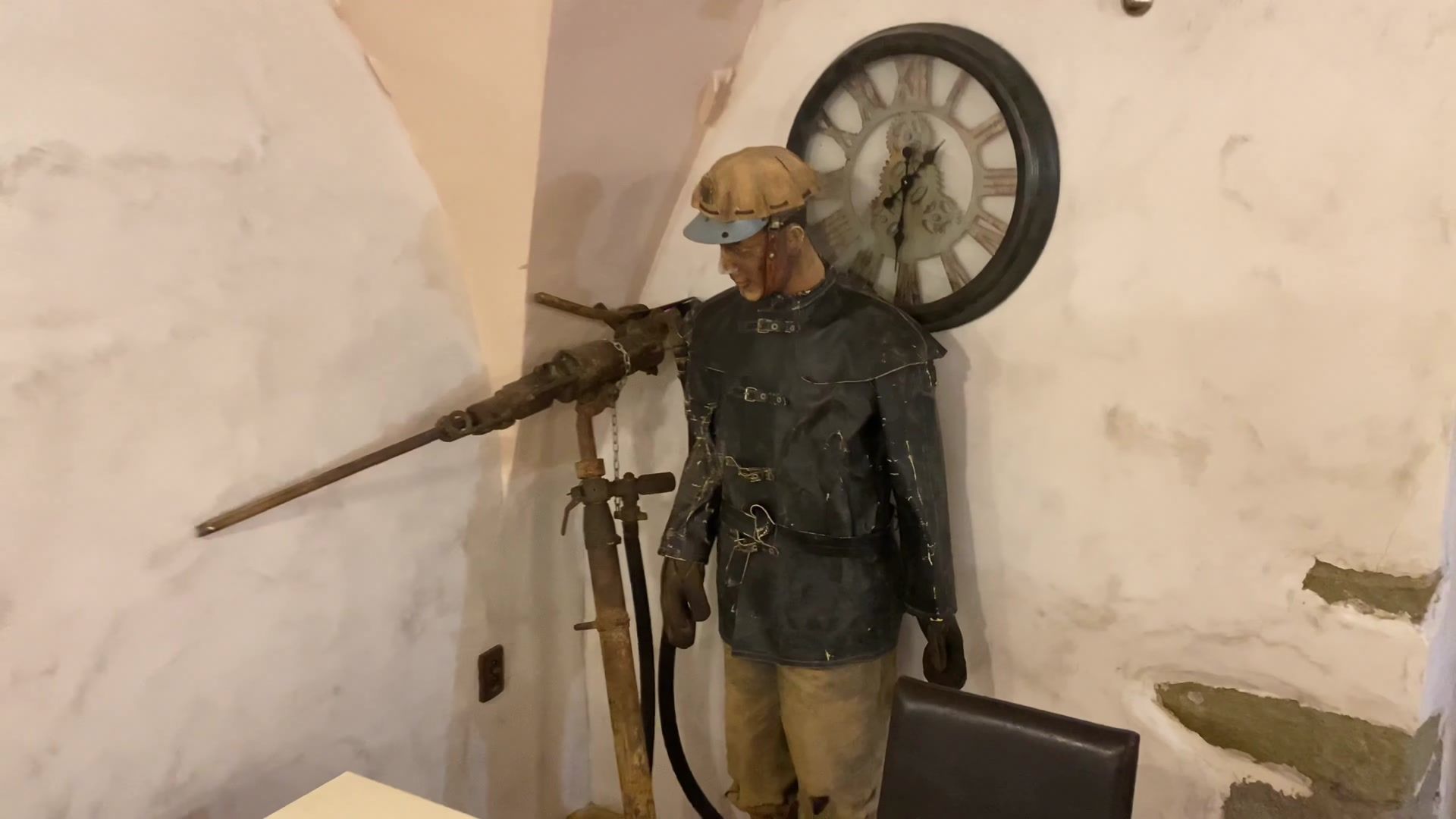
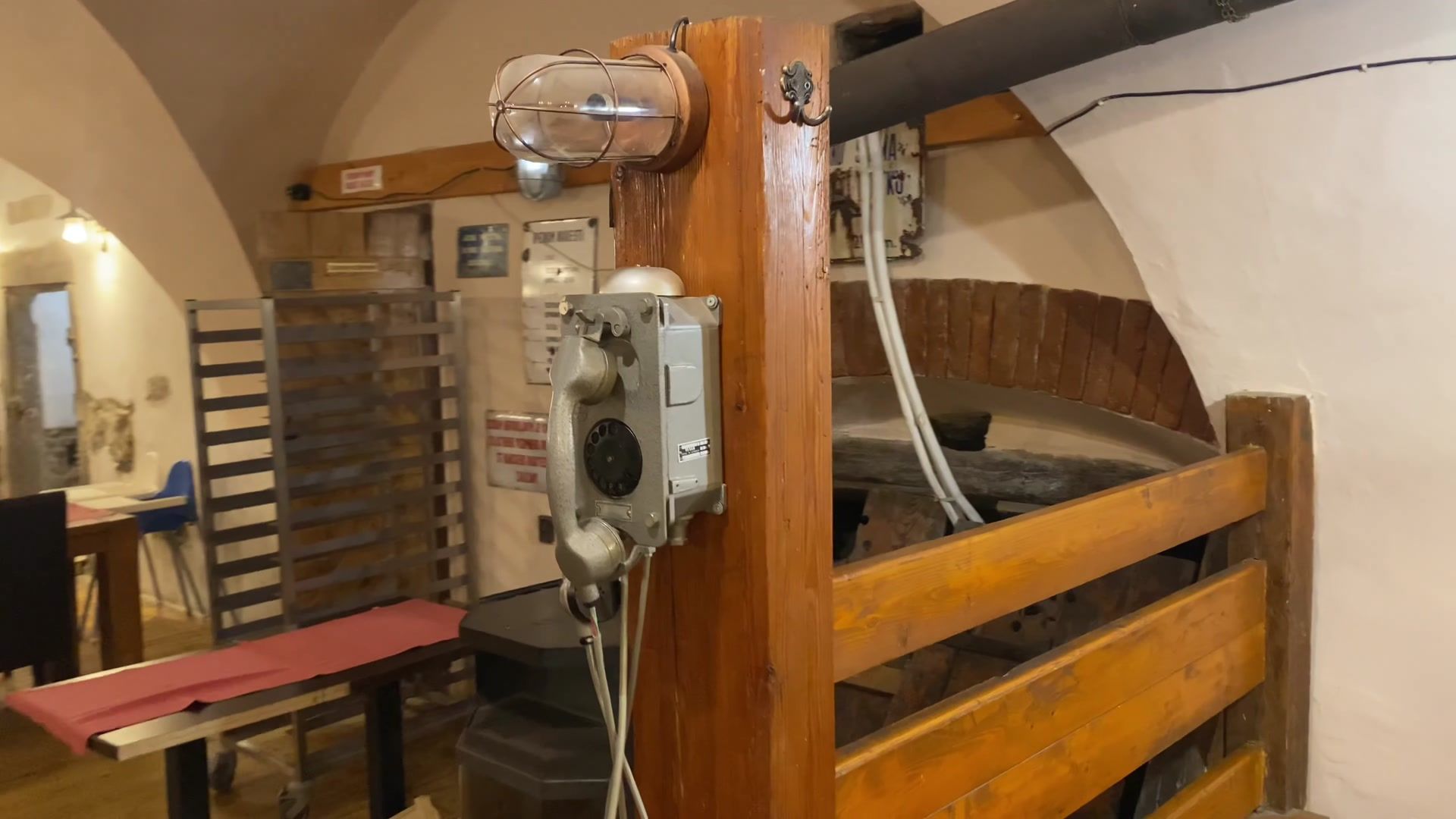
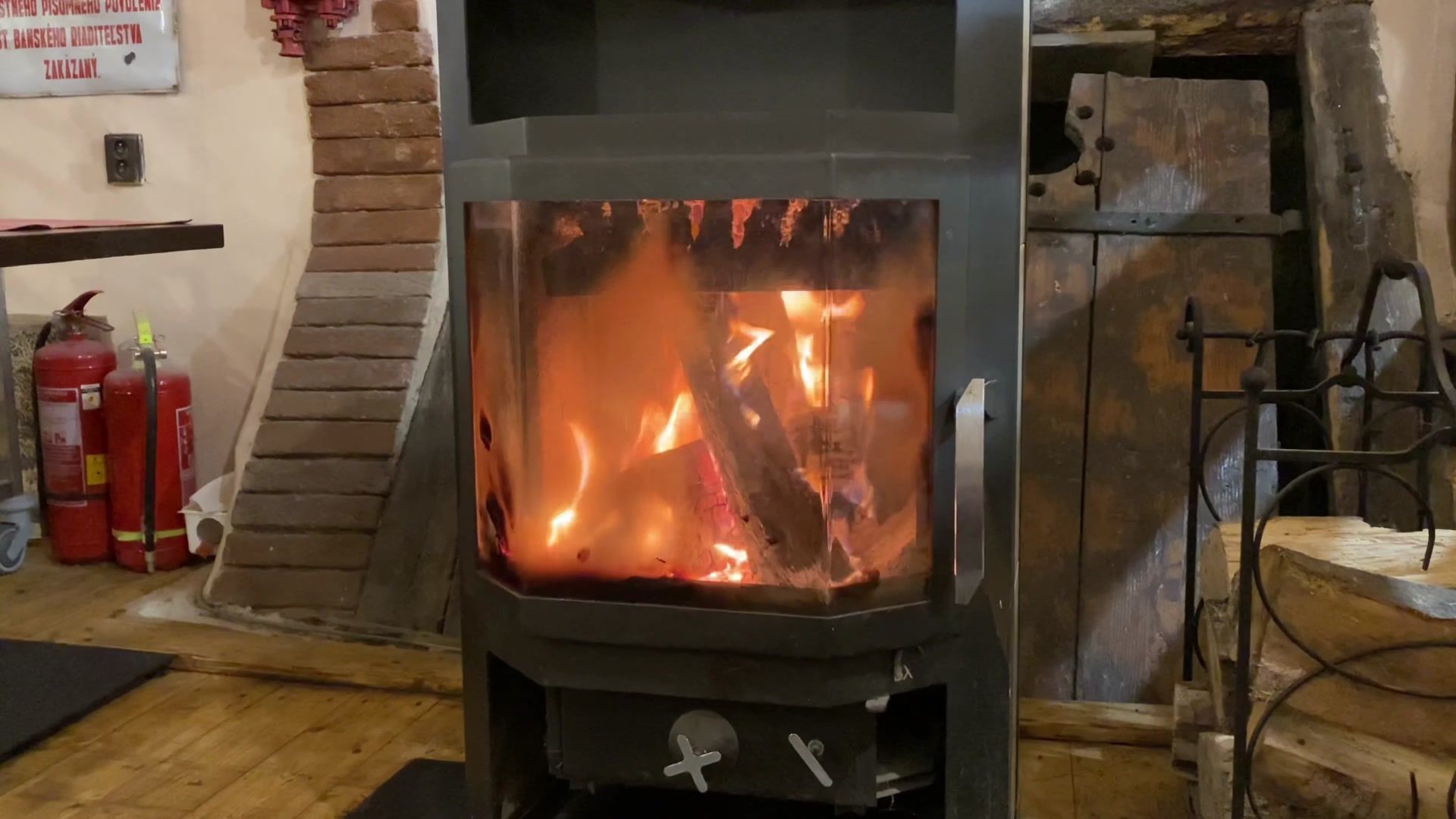
On our second day we had breakfast at the hotel. It feels like we are staying in a castle and it's very cool. We feel like we are living in a palace. We paid 45 euros per night for this place.

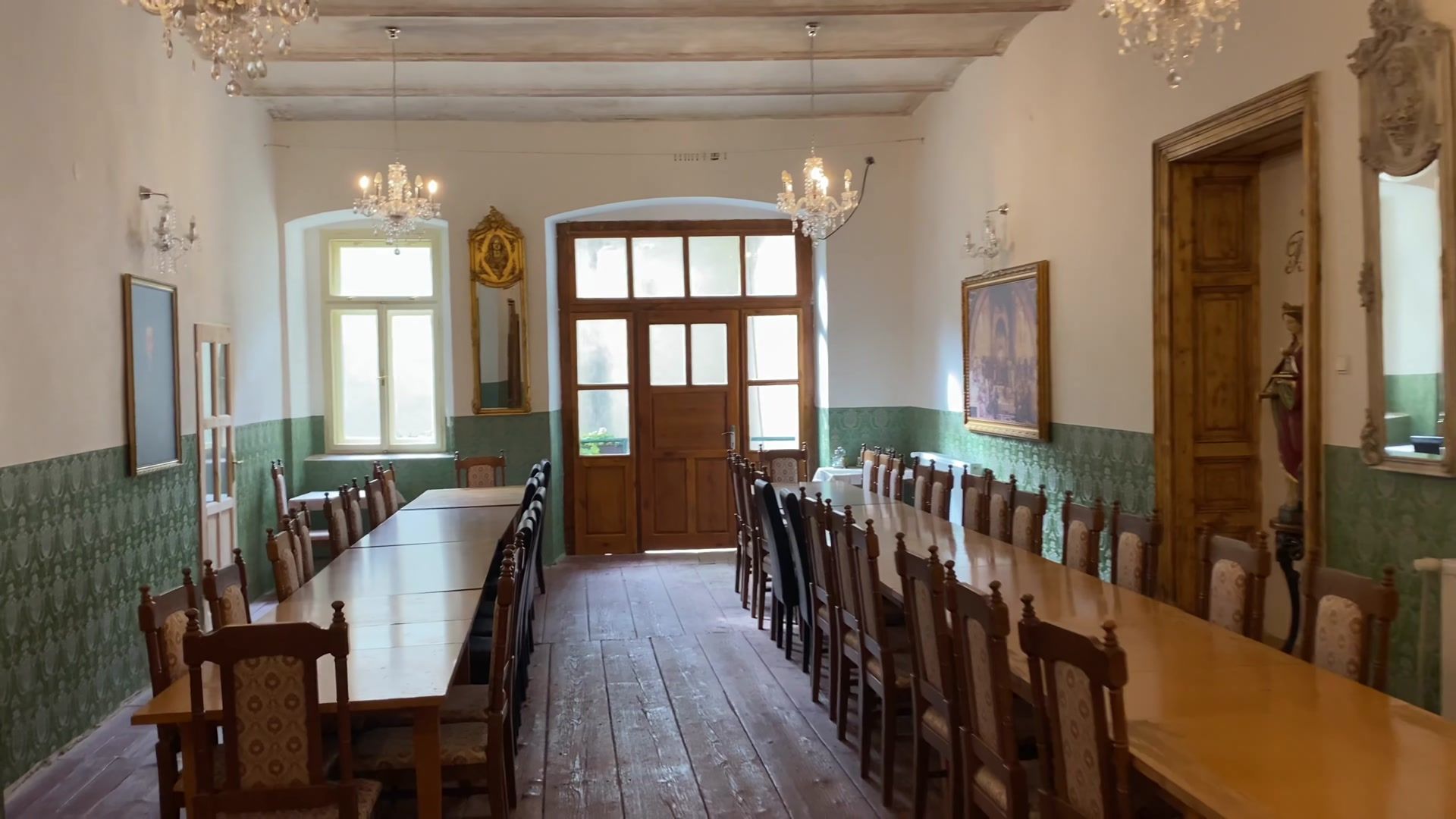
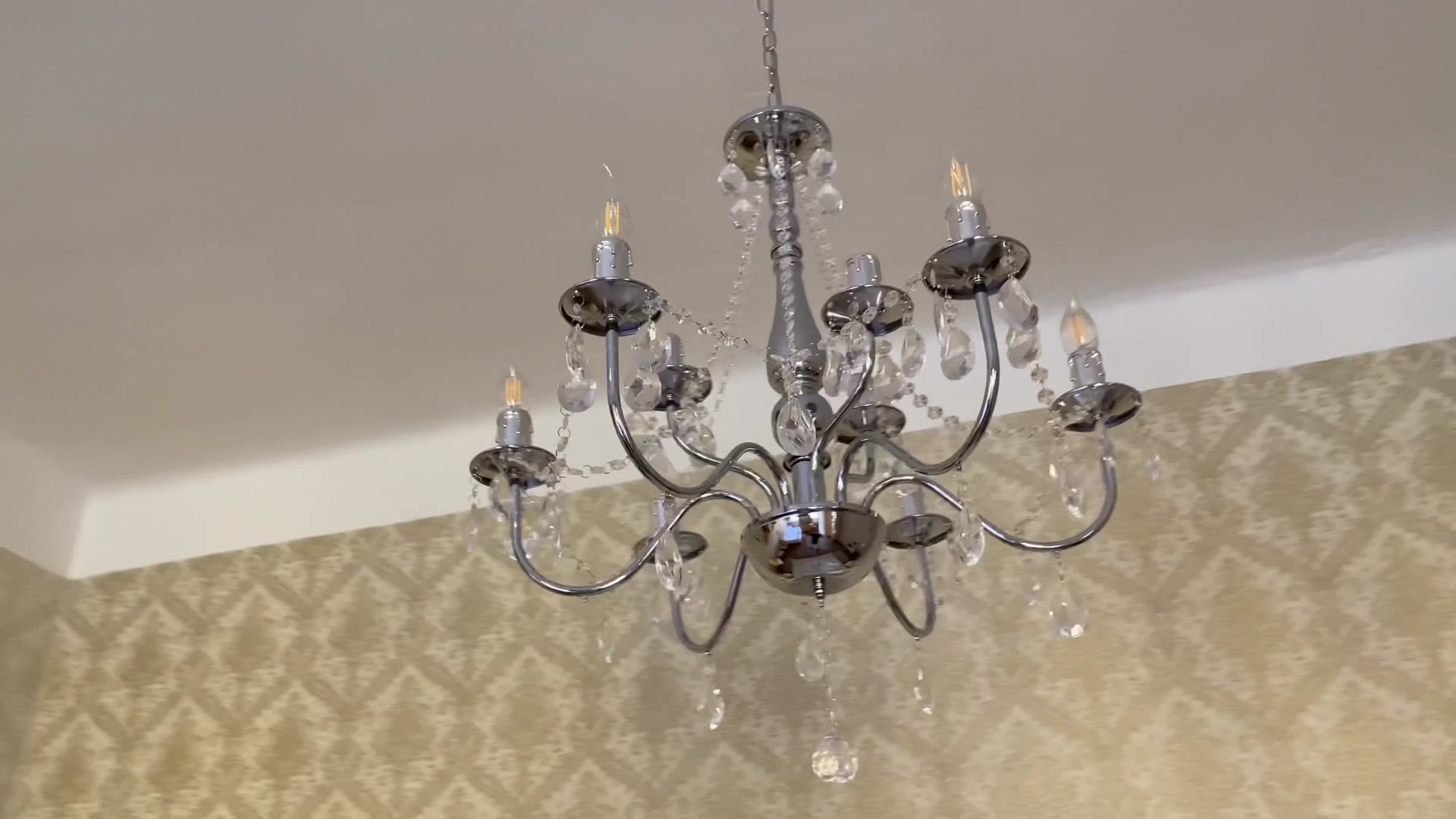
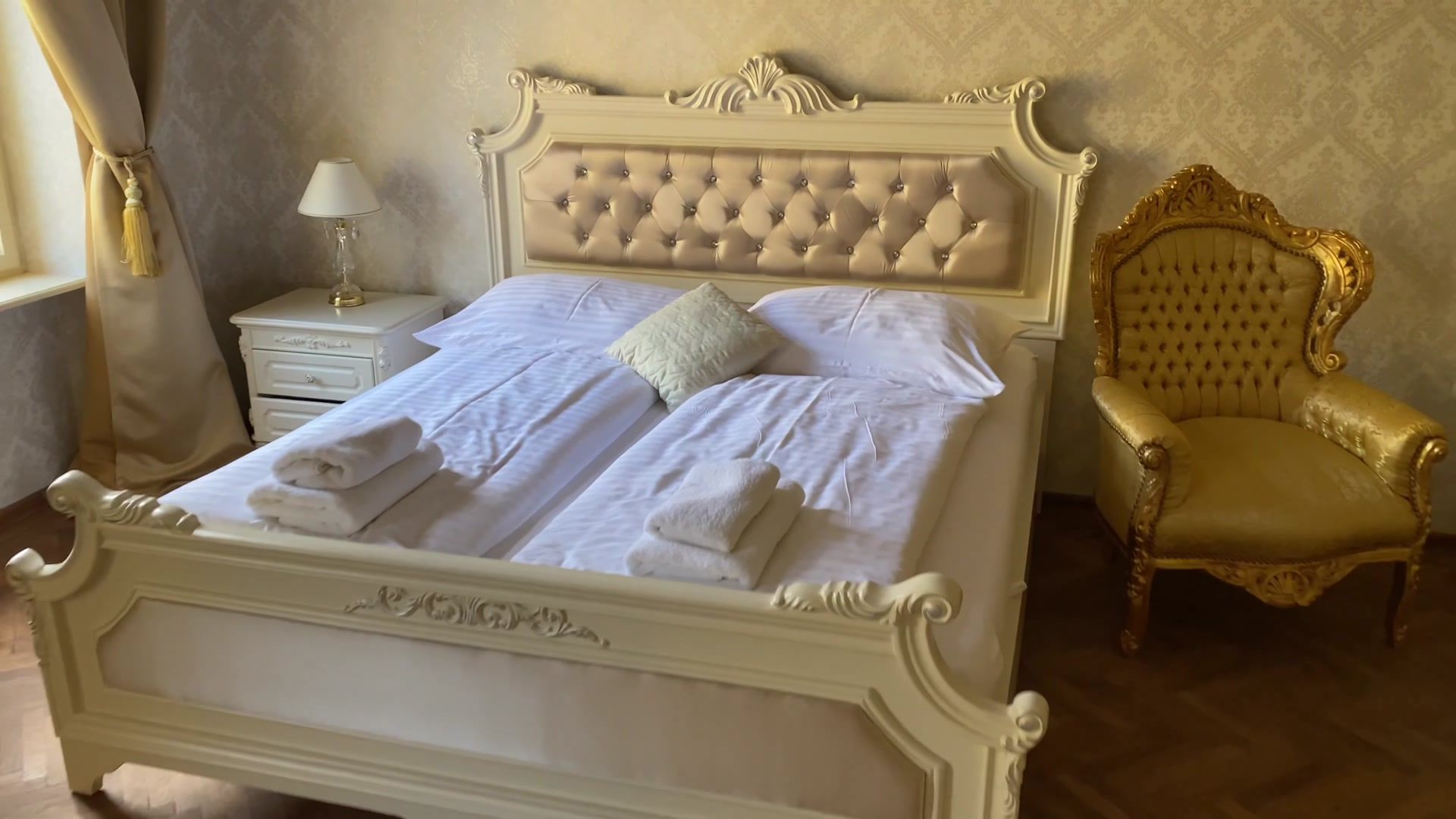
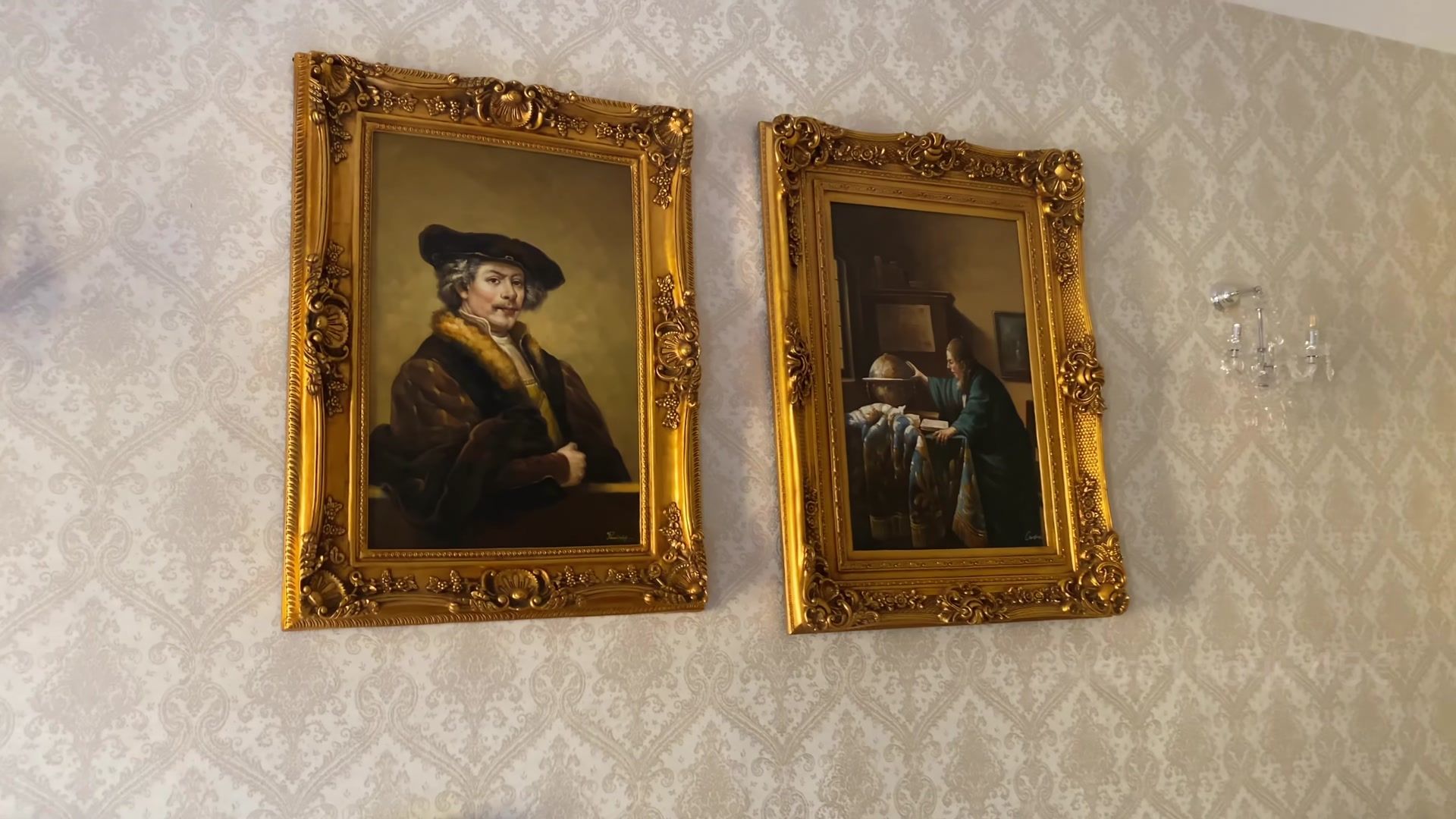
In such a beautiful place, we had a small mishap. We got fined for parking incorrectly. The hotel staff showed us this place, but it turns out it wasn’t for us. Our spot was actually next to it, but it was full yesterday. When we went to check out at the reception, the hotel owner called the police and said the issue was resolved. We didn’t have to pay the fine. We hope it’s really settled and we won’t make such a mistake again.
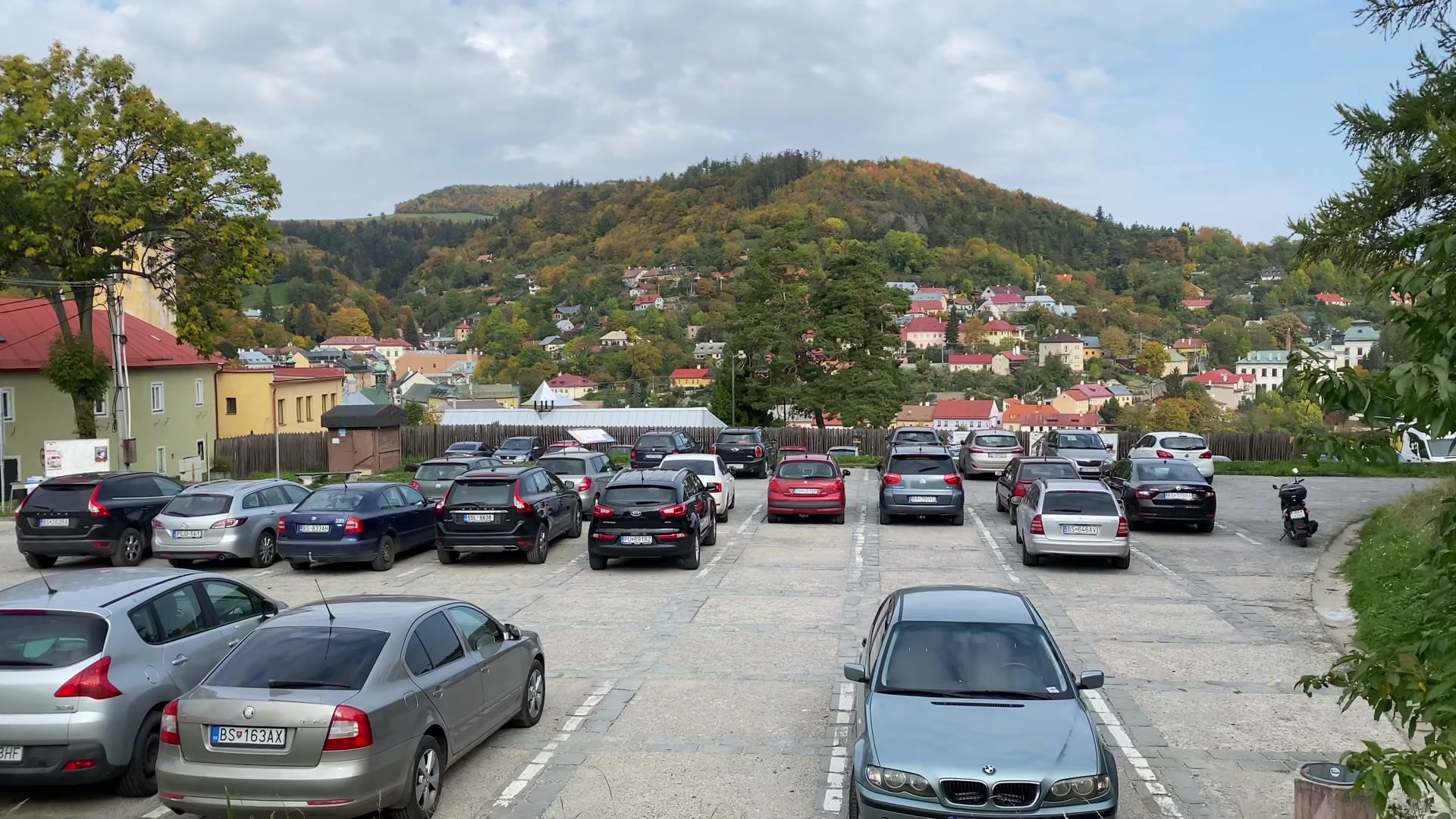
Today we came to the new castle, which has a parking lot and we paid 2 euros to a man who told us we could park without any issues for two hours. The entrance to the castle is a bit extreme. Inside it is equipped with motion sensors and lights turn on with music as you approach the exhibit. The exhibit features paintings full of holes, as if they were target boards.

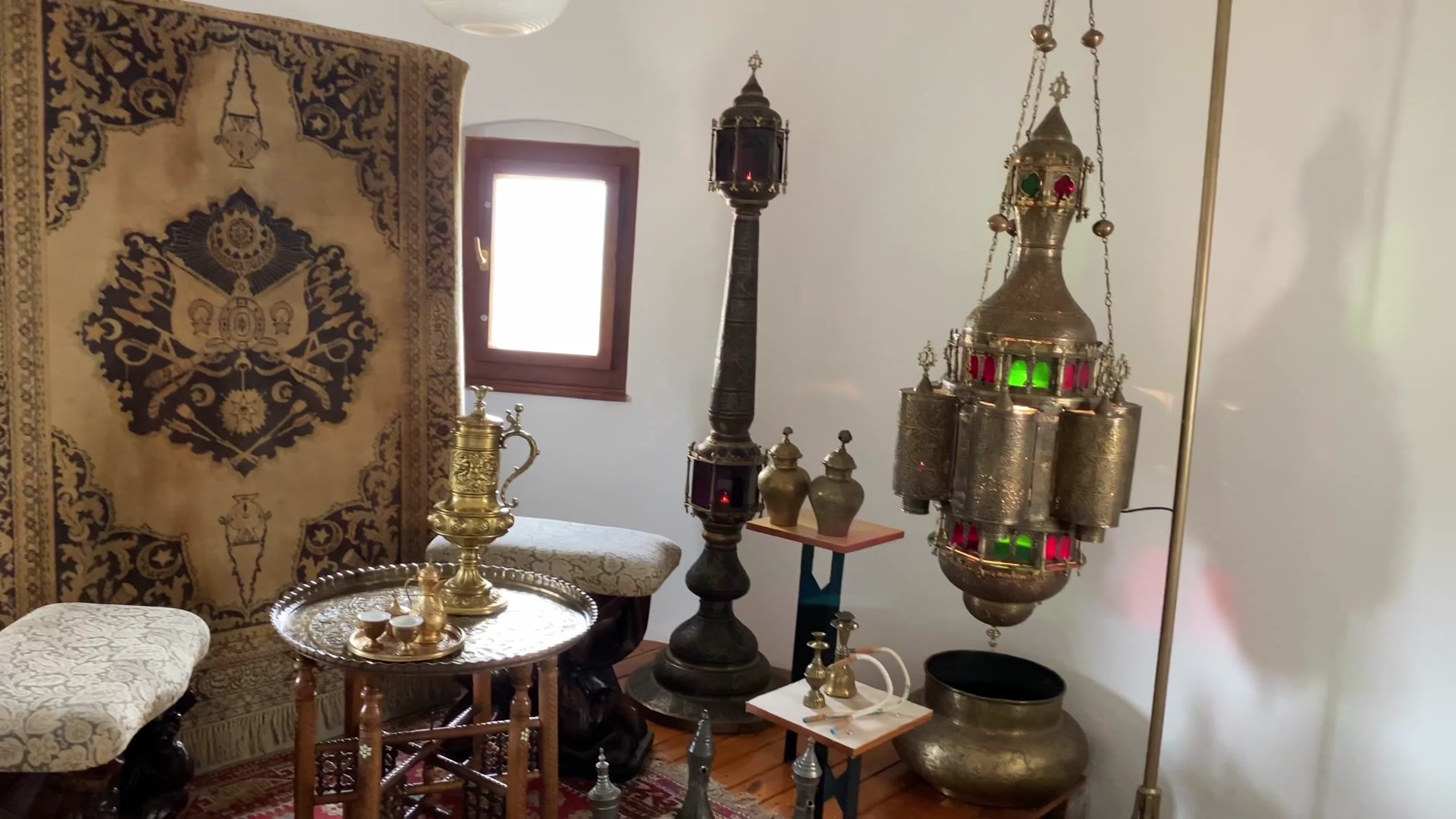
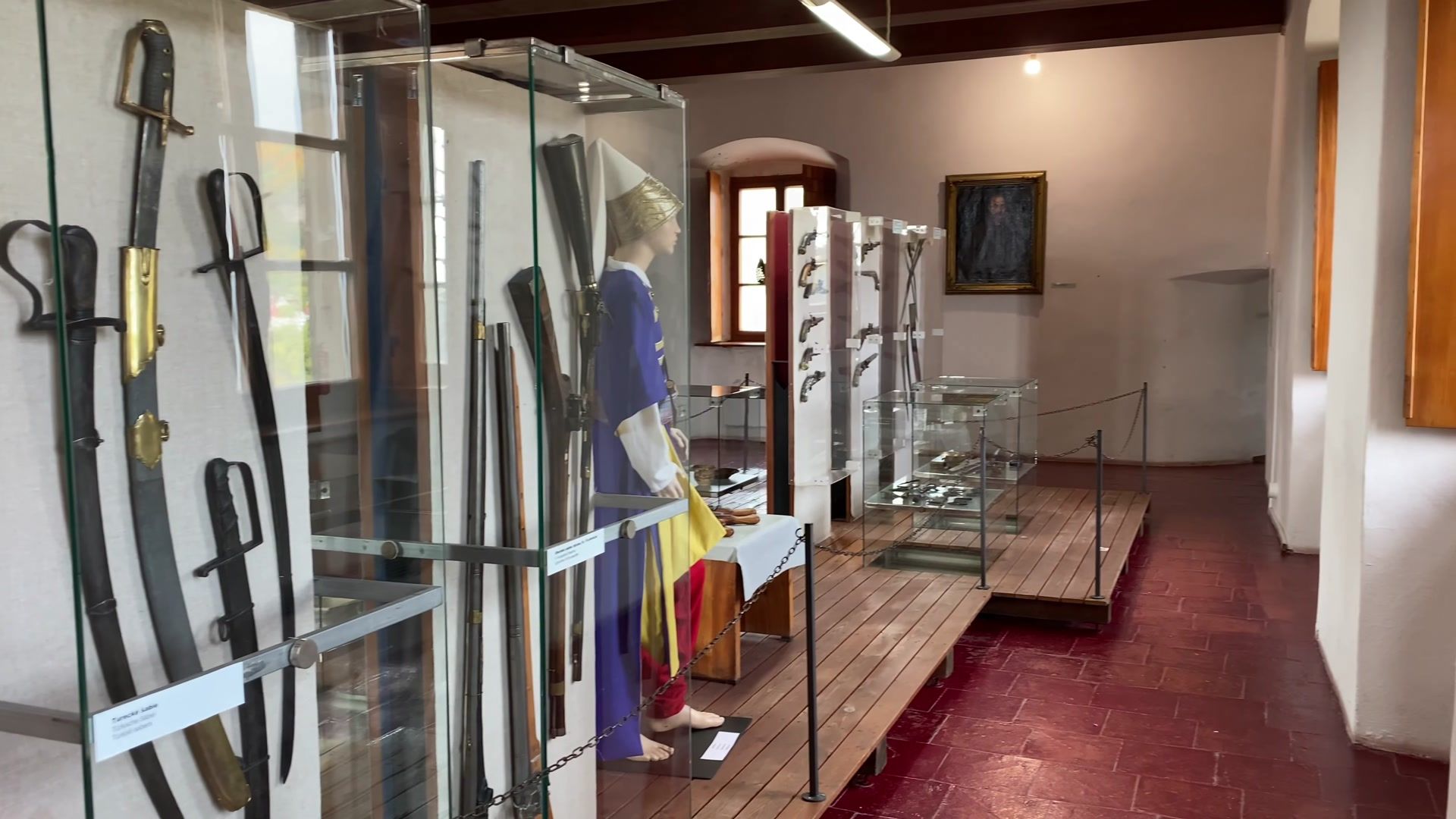

This is the most unusual castle I have seen, not resembling other castles in Slovakia. There is a watchtower with a 360-degree view here. On the old town side there is even a free binocular. The castle tour costs only 3 euros and it is very different because it does not have a classic observation platform. The new castle located on the opposite hill of the old castle, was built between 1564-1571 and its silhouette resembles a rocket. There is nothing like it in Europe. The castle along with its watchtower, was an important part of a whole defense system and gave warning signals about enemy attacks.
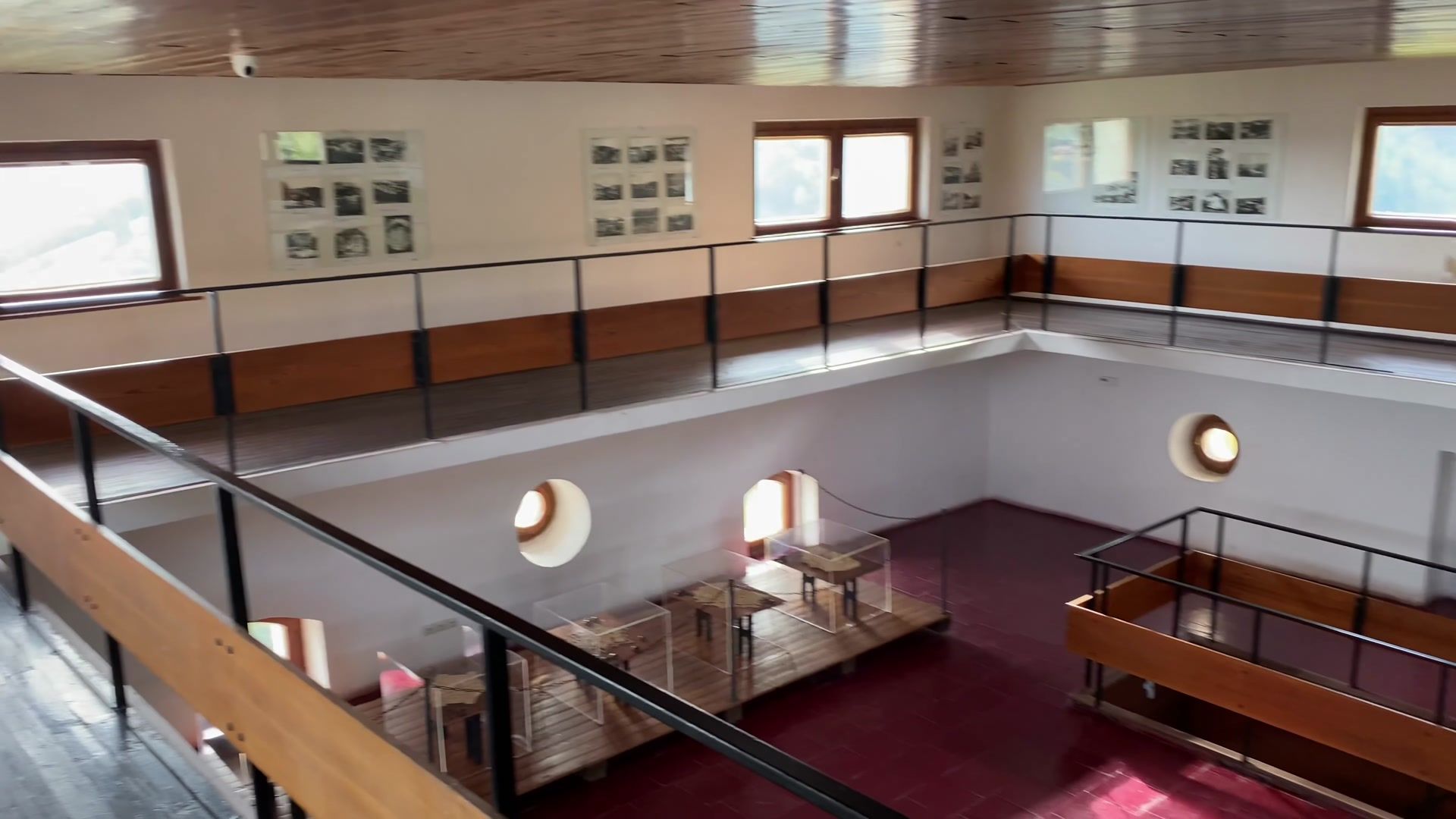
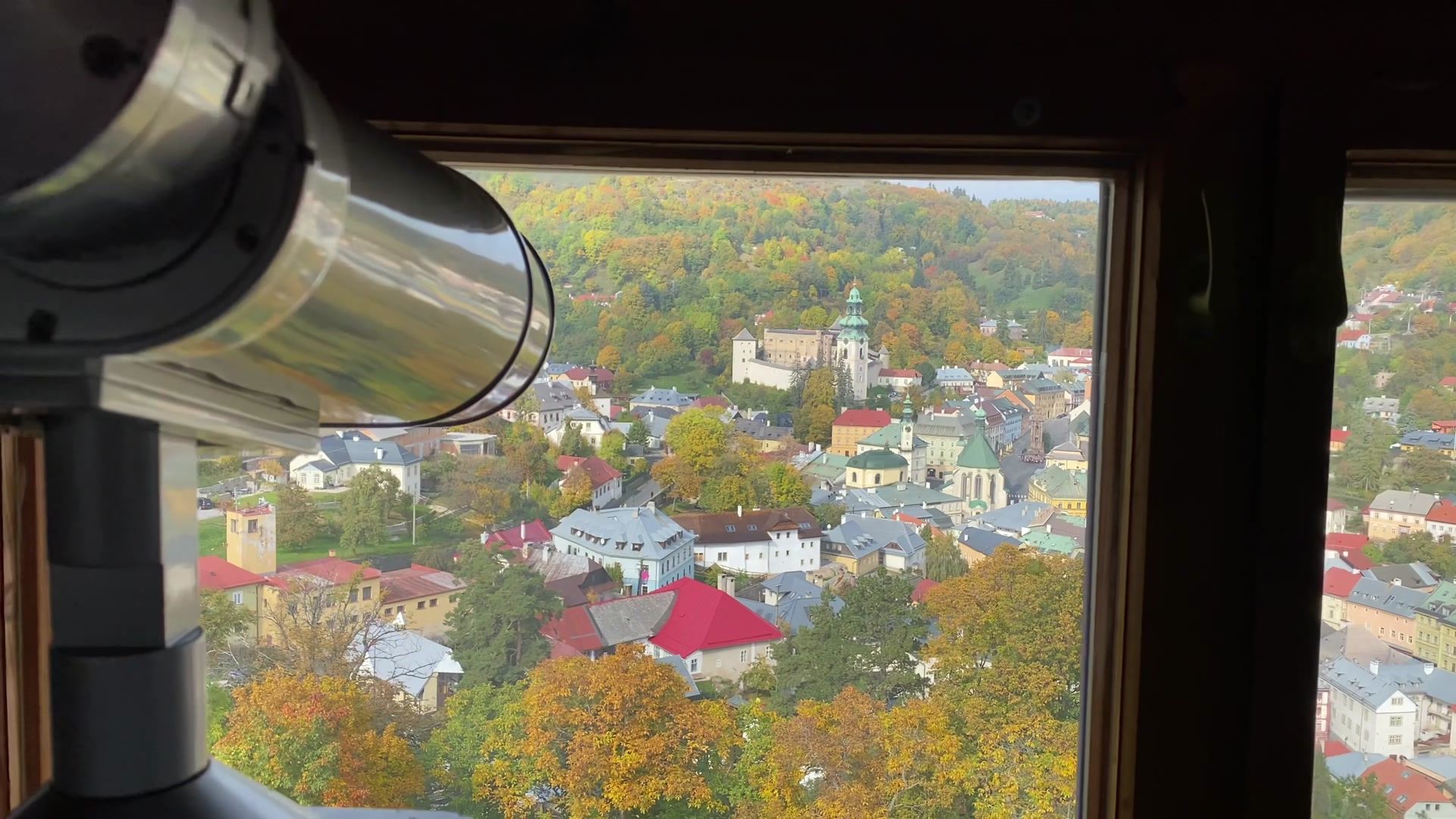
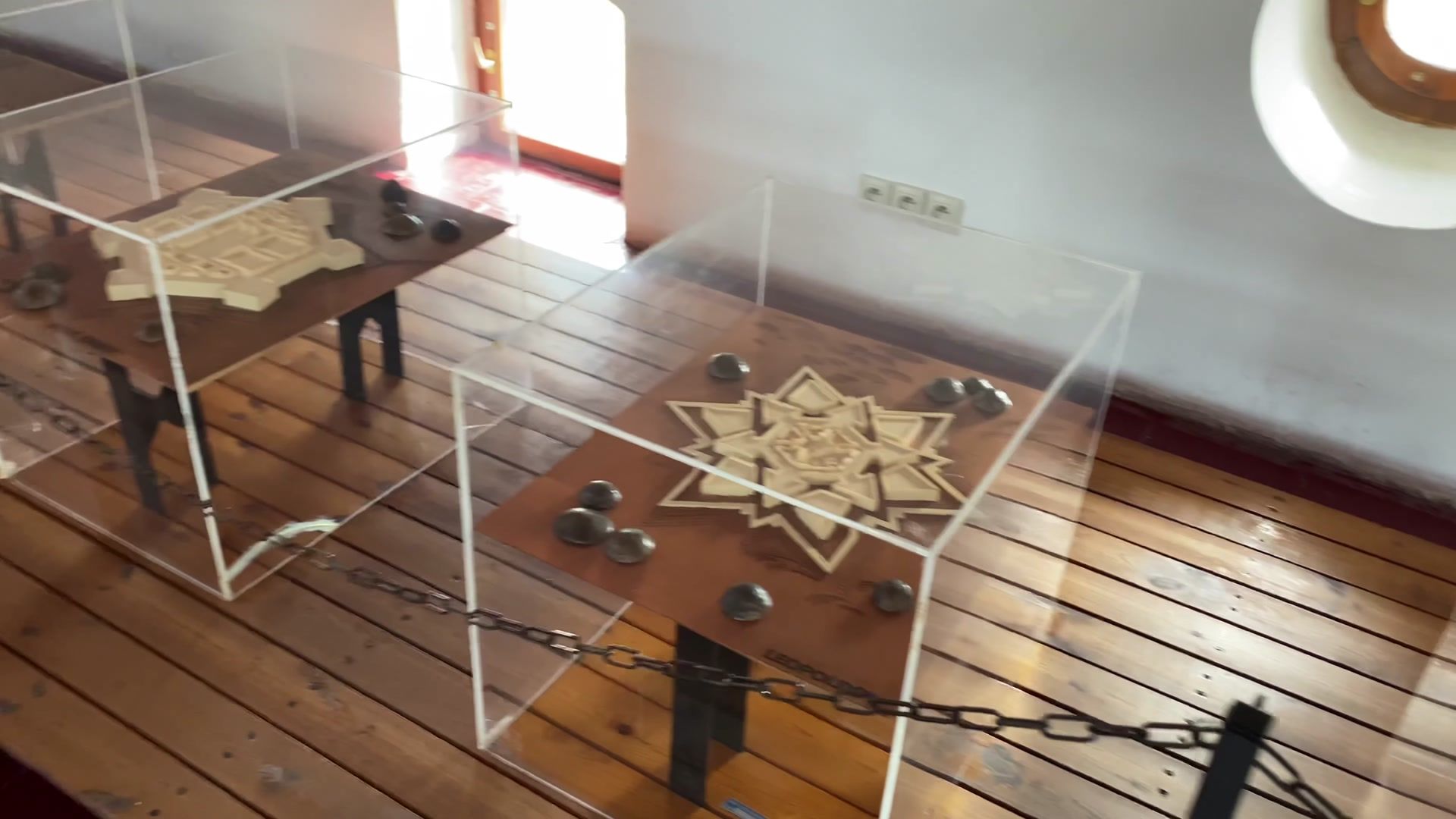
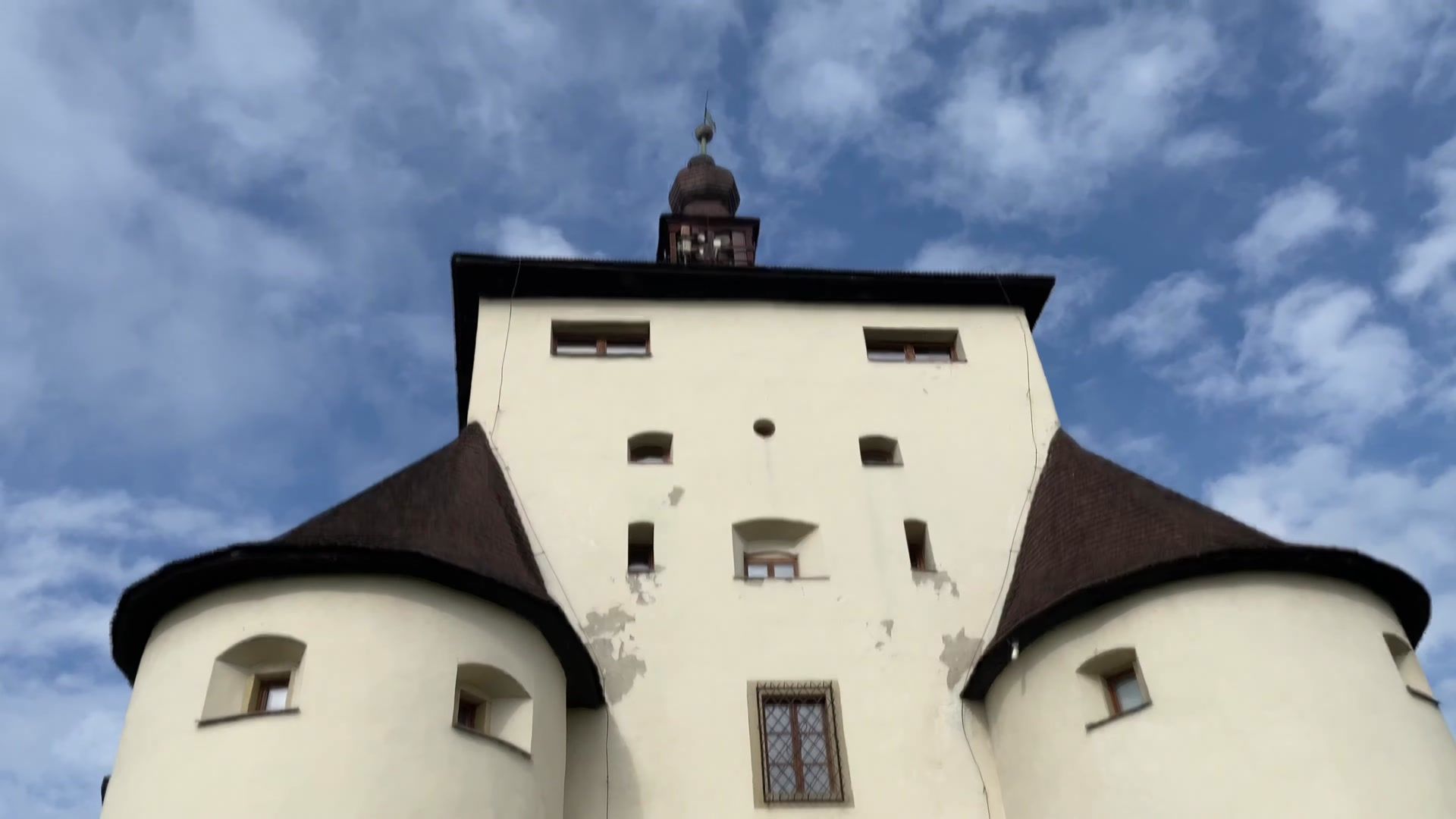
After that we went to Calvary, which has a temple complex. There are two temples and an upper temple. The temple complex is on the UNESCO world heritage List. Despite being exposed to natural and vandalism effects, it is continuously maintained, well-preserved and restored. In the Catholic world, Calvary refers to placing a sacred structure on an elevation. Banská Štiavnica has one of the most beautiful Calvaries in Europe. Construction began in 1744 and after seven years, an architectural complex had formed on the hill. In the 20th century, no one cared for it and the structures started to decay slowly. A major restoration began in 2008 and now the hill offers a magnificent view over the city, mountains, fields and forests.
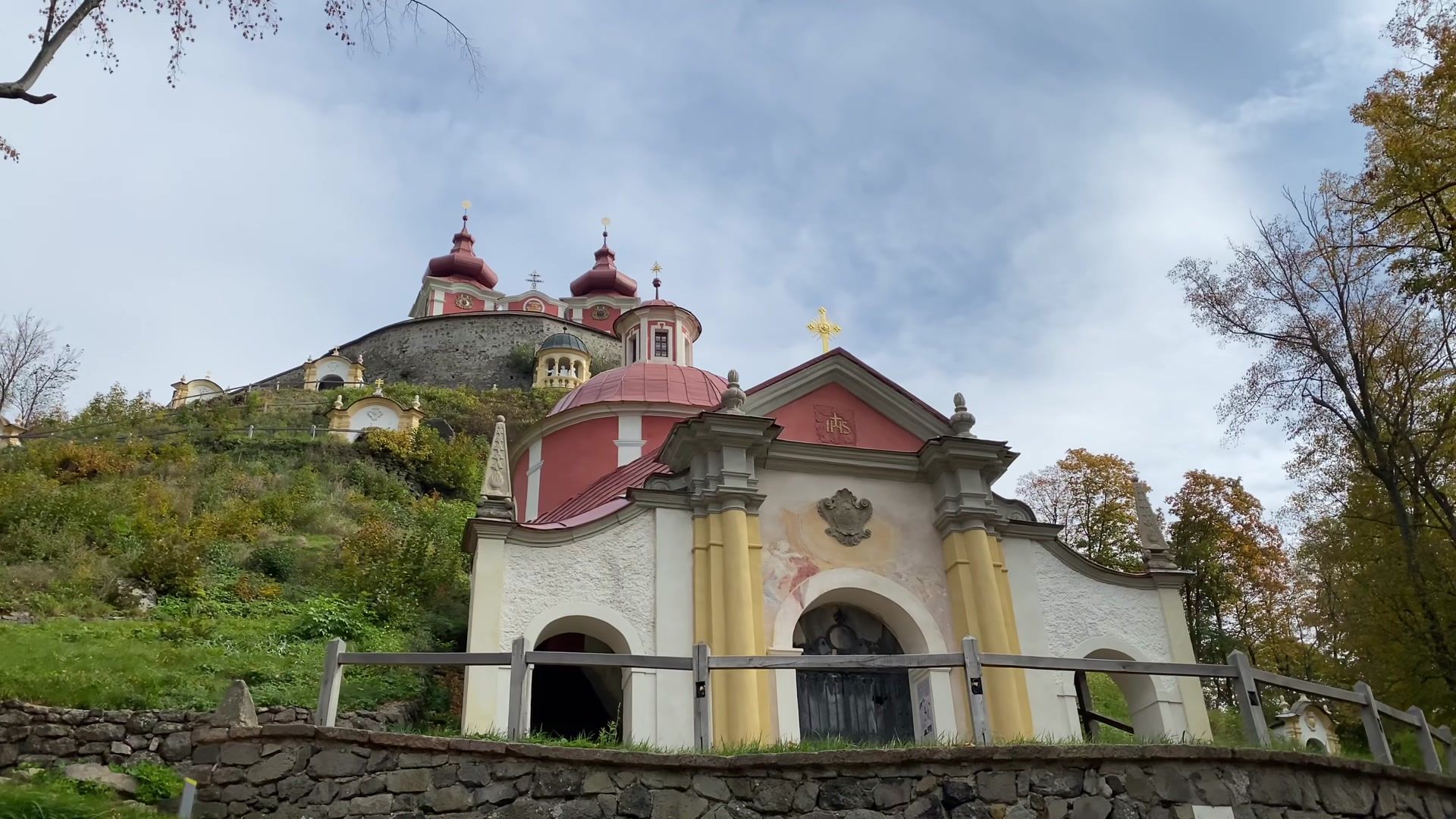
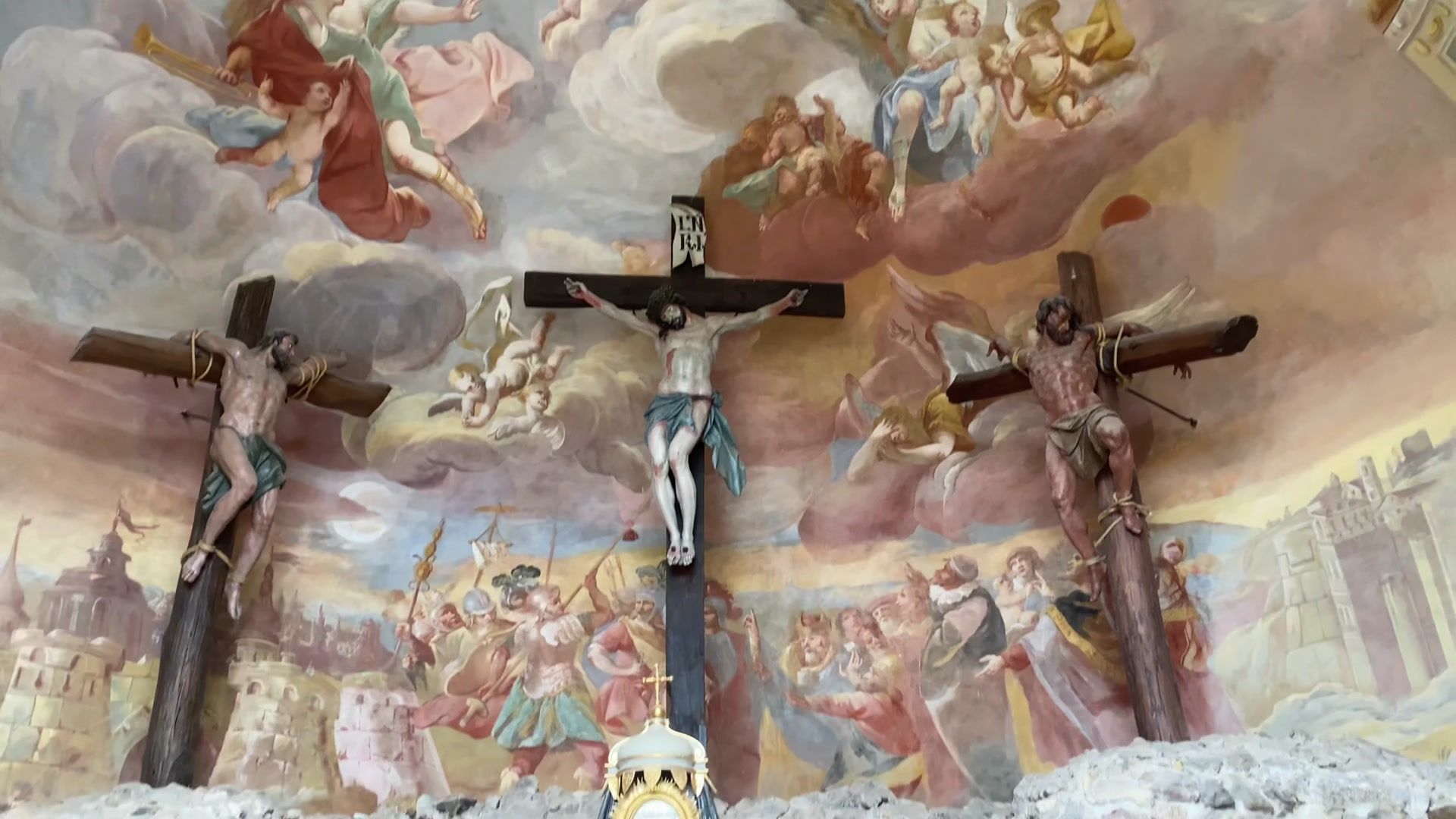
This place is so popular that regular tours with groups of children are organized here. In one exhibit there is a painting showing how the place used to look. The difference is incredible. It is in much better condition now. Next to each small chapel, it is written who restored it and who funded it. Therefore even though this place is on the UNESCO world heritage List, everyone can contribute.
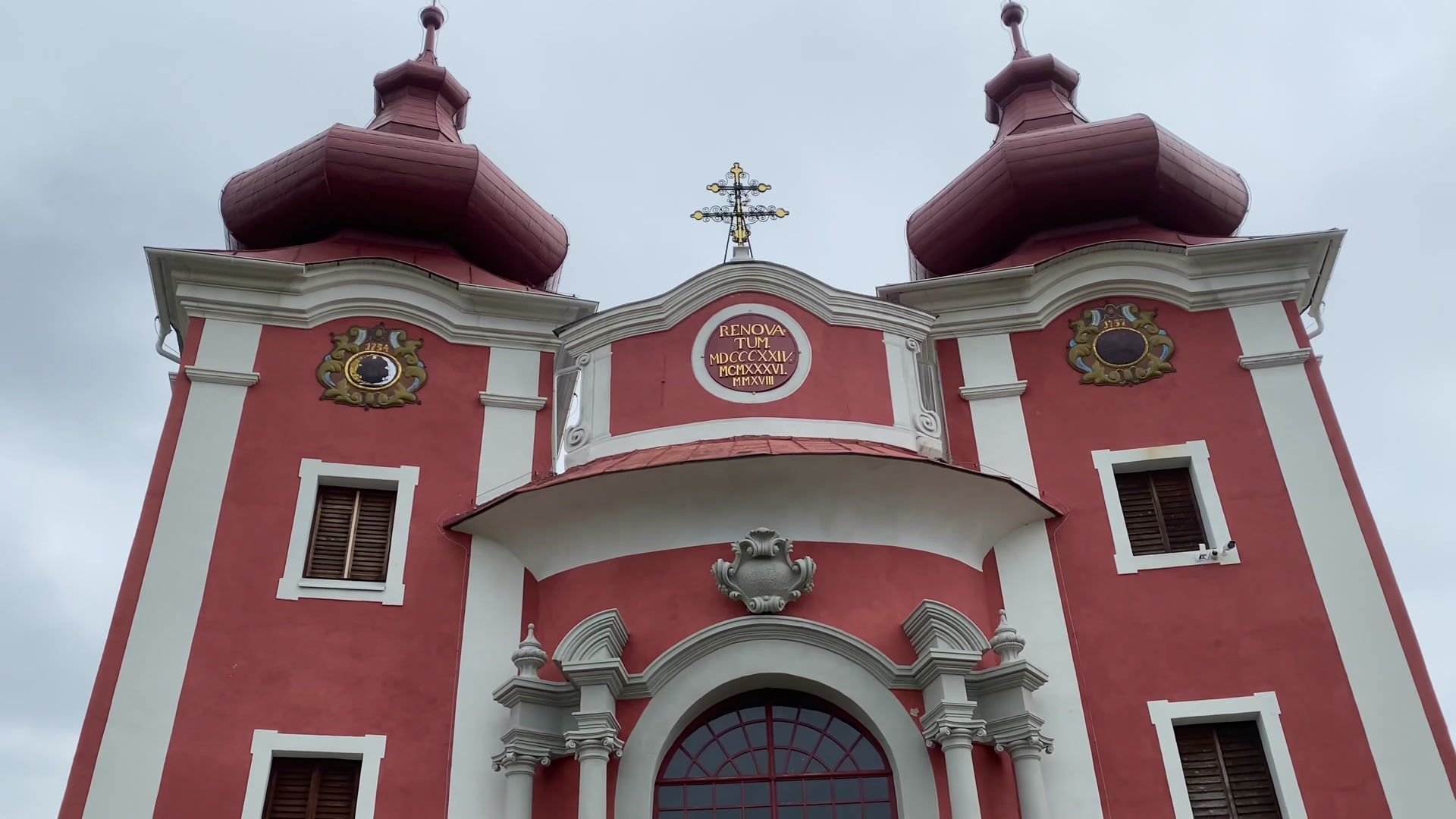
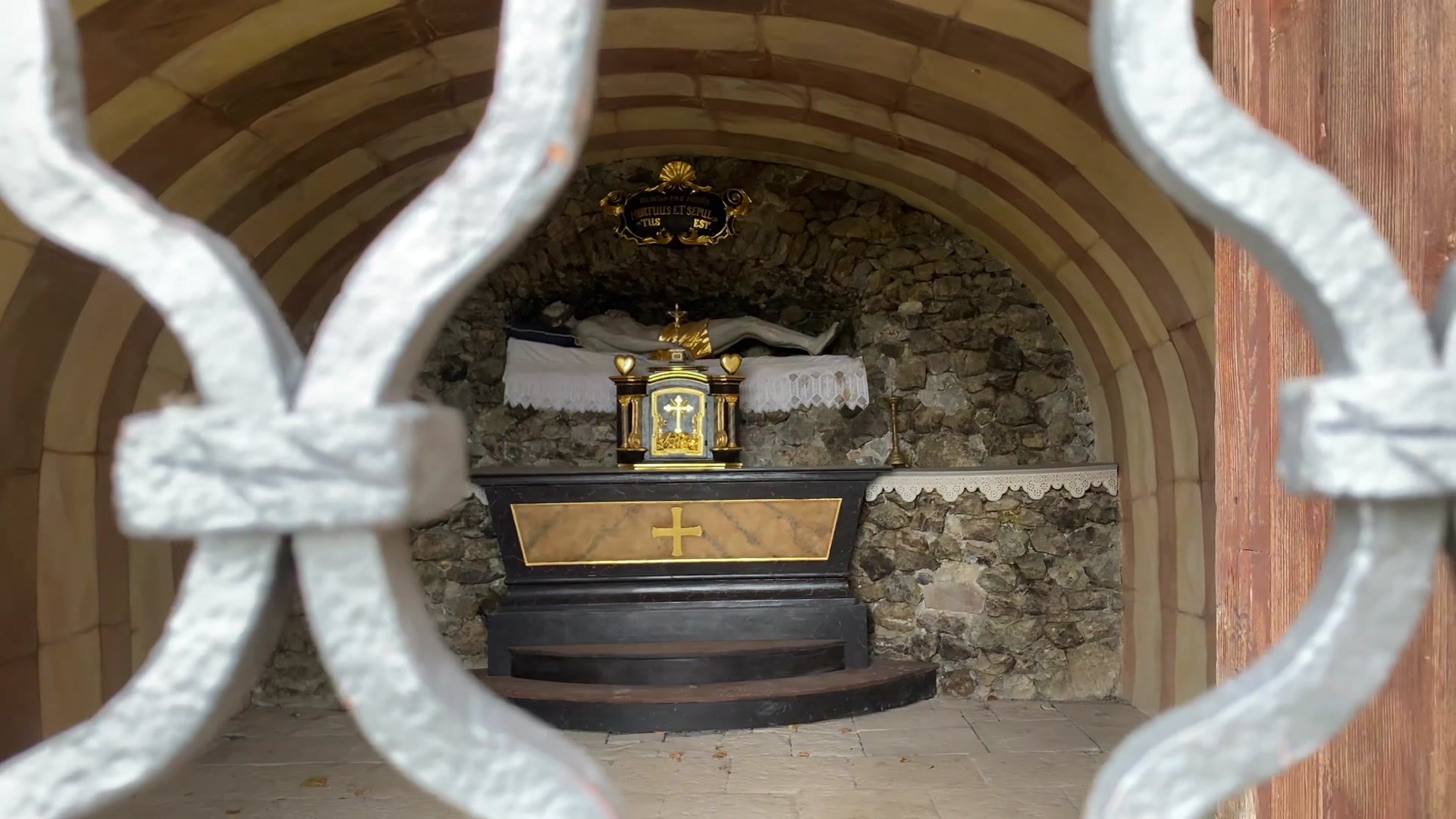
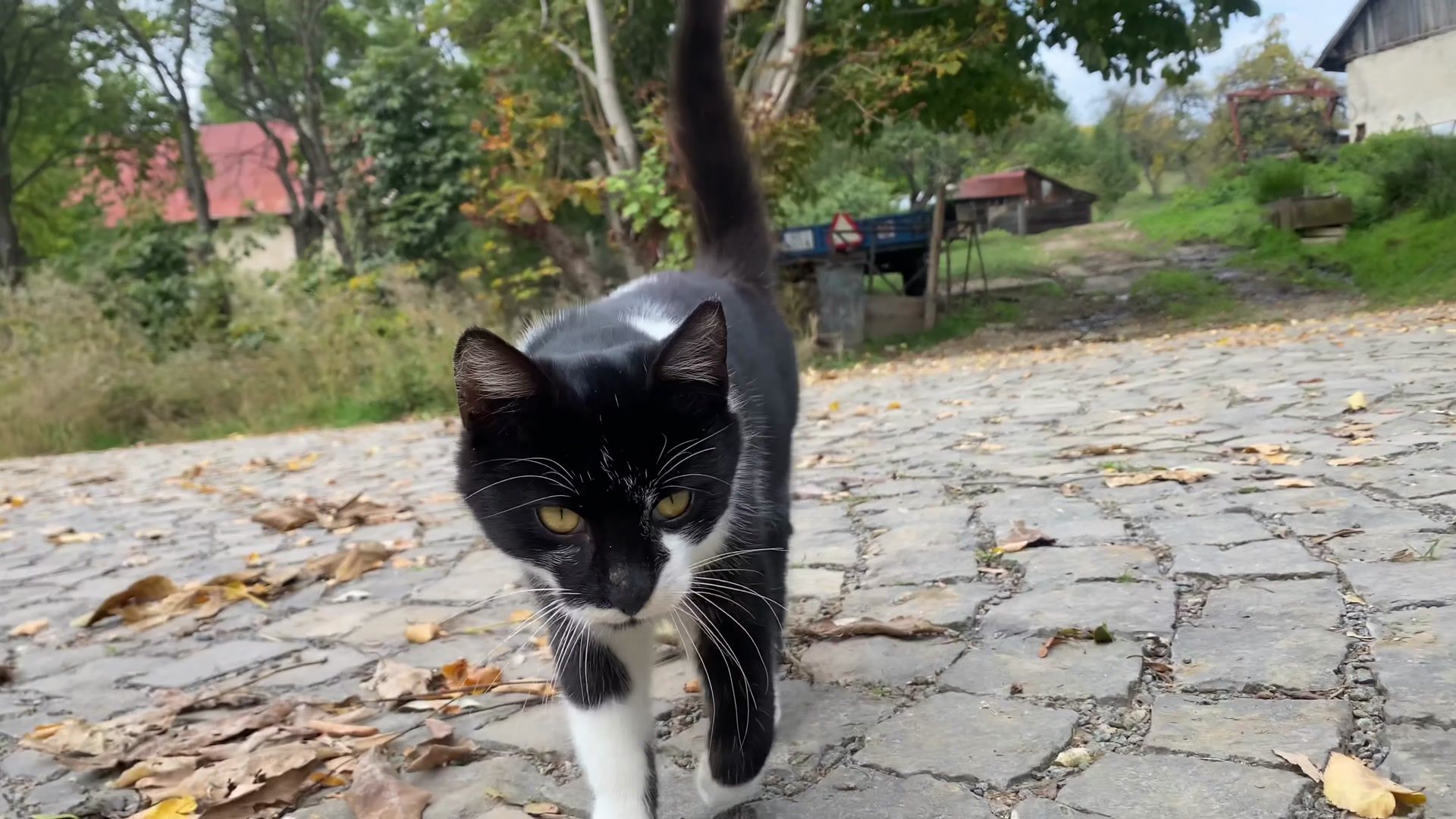
There are parking spots throughout the city. You can reserve a parking spot by sending an SMS or through an app. You send your vehicle number and the parking duration and the fee is automatically deducted from your account. Banská Štiavnica is a very friendly city because there are no vendors at places where magnets and souvenirs are sold. You choose what you want and leave the money, it is a completely trust-based system. The city is truly wonderful.

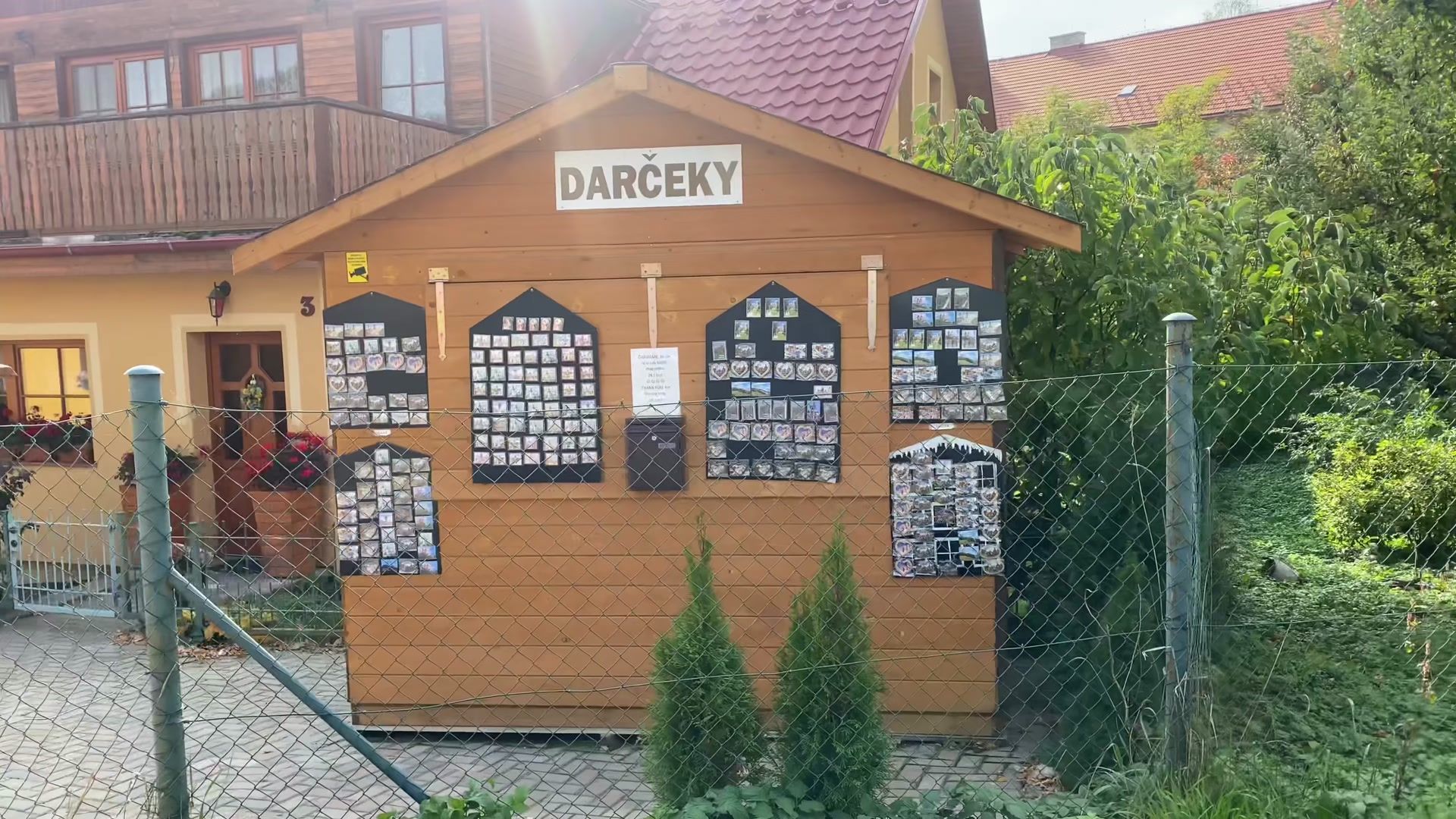
We are leaving one of the most romantic and beautiful cities in Slovakia, but we have more to share with you. Just touring Banská Štiavnica is not enough, so we came to the neighboring city of Banská Bystrica. This is a regional city and is known as the capital of Central Slovakia. We left our car at the Point shopping center, so we didn’t have to look for a parking spot. We immediately set out on the walking path from there.
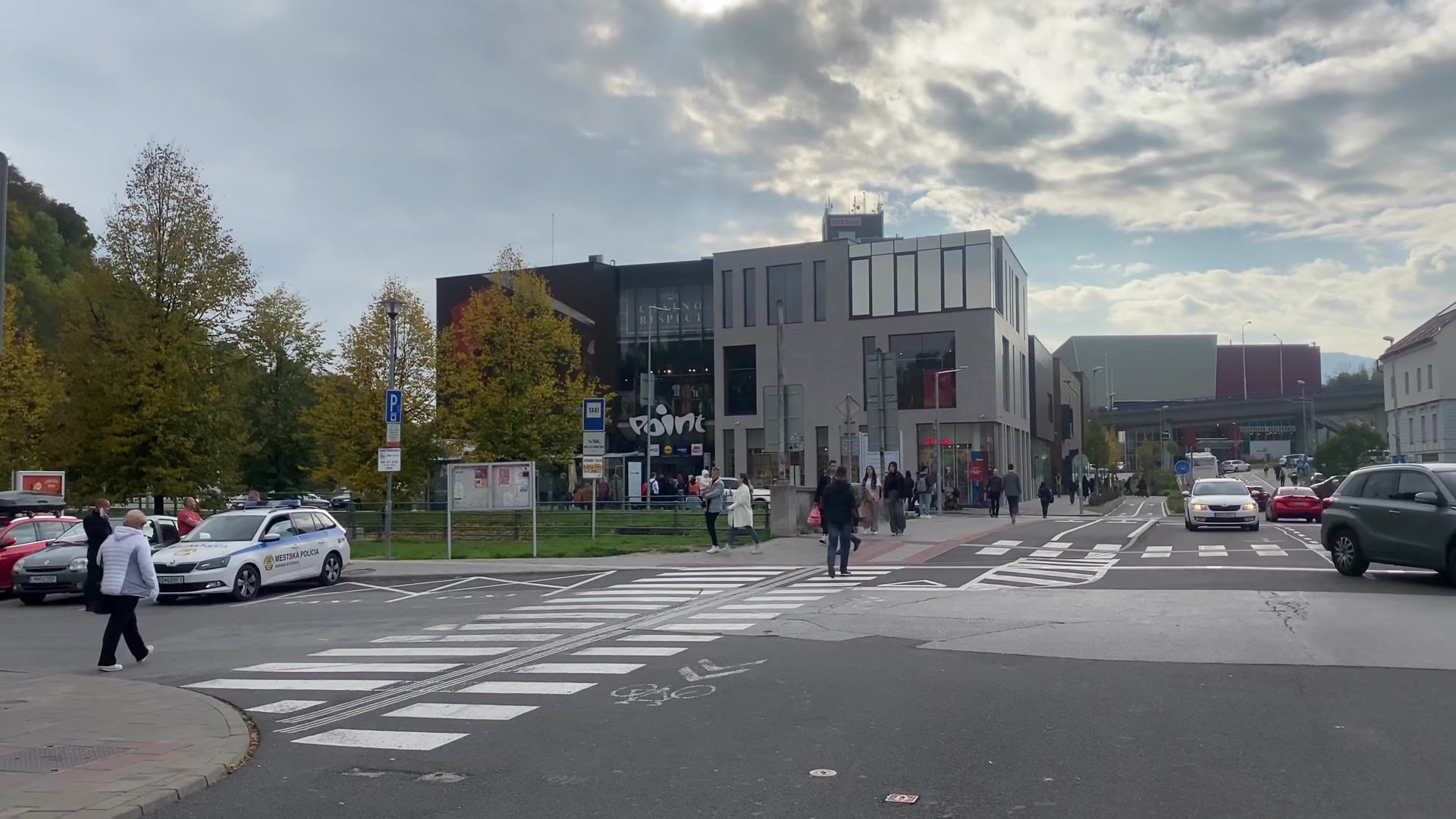
Banská Bystrica is an example of the development of a small village that was granted city status by Hungarian King Béla IV in 1255. Now it is the unofficial capital of Central Slovakia with a population of about 70.000. It is also a center of culture and history. The city is located in the Smolenice Valley and has a unique natural landscape. Its southern part is surrounded by the Hron River. Banská Bystrica with its developed infrastructure, is a modern European city where national colors, old traditions, beautiful nature and sports opportunities are blended.
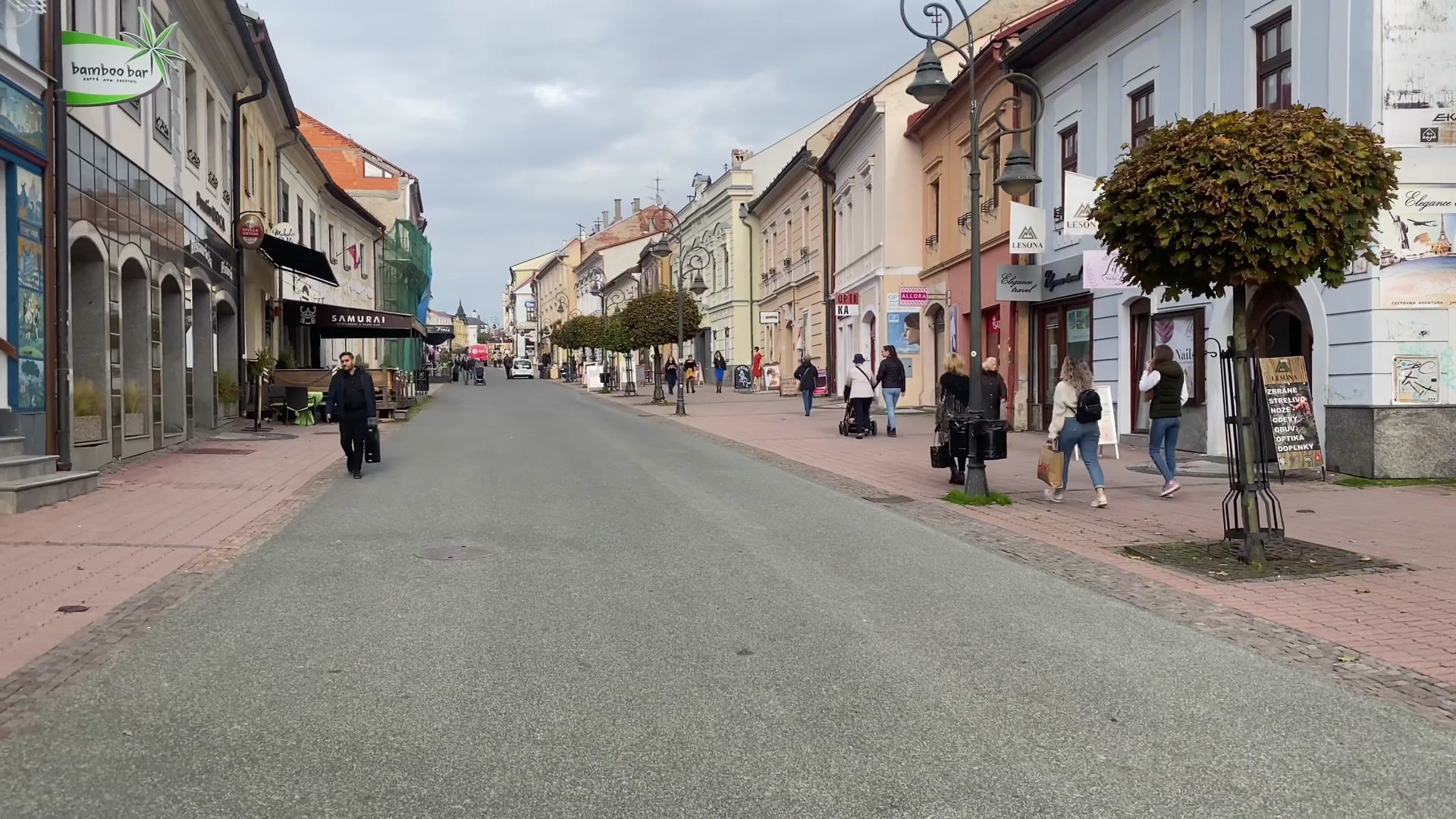
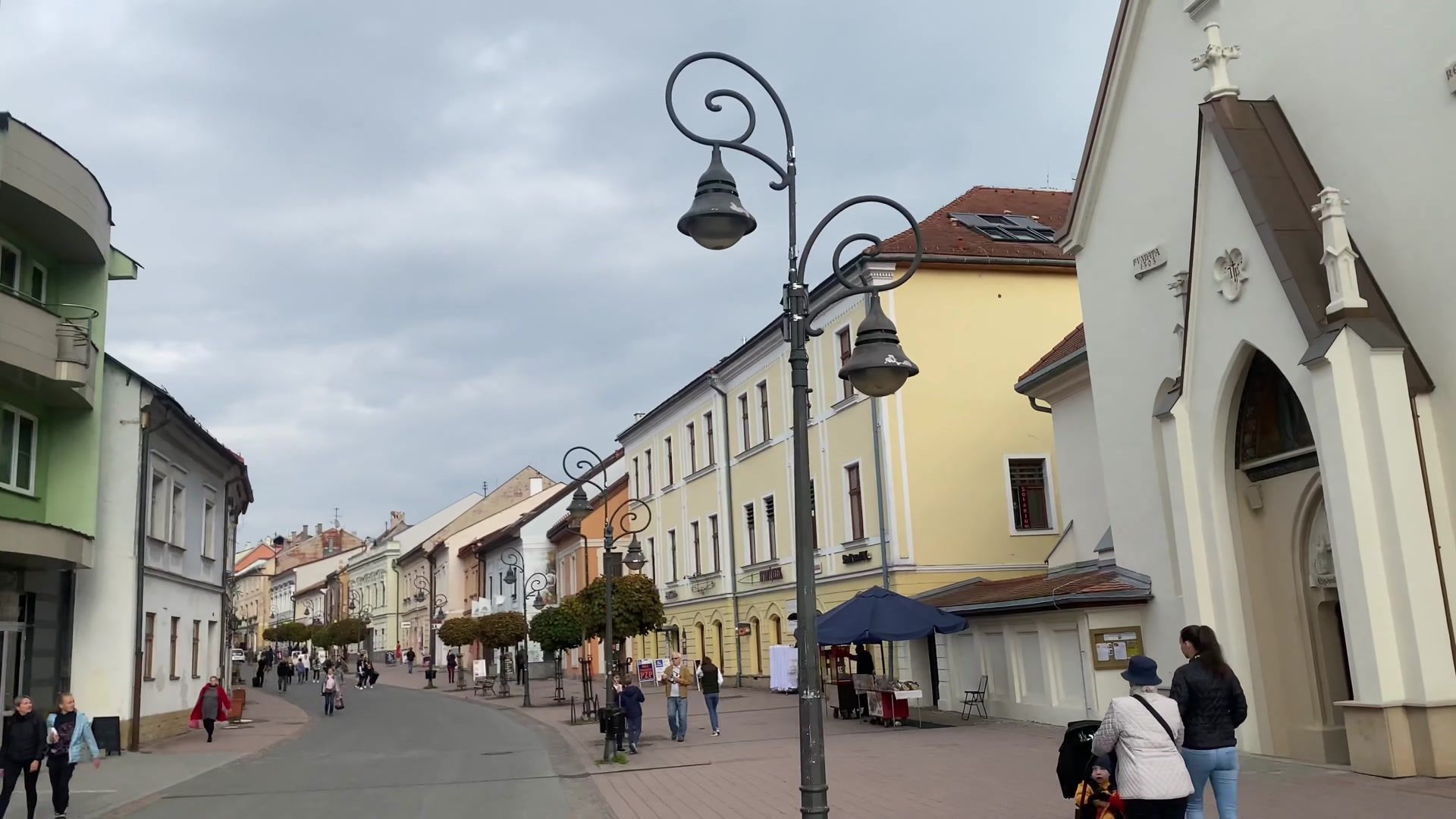
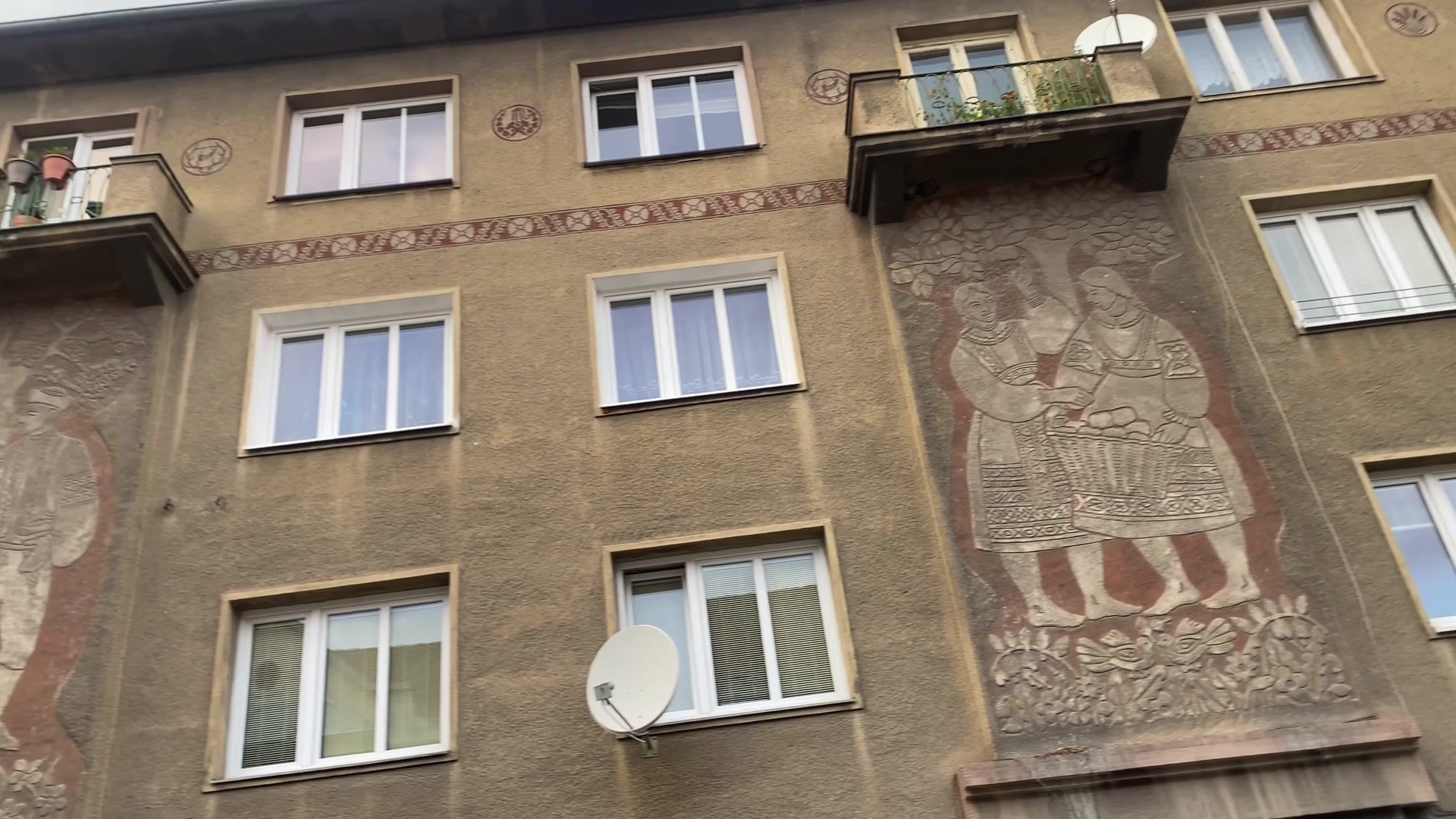
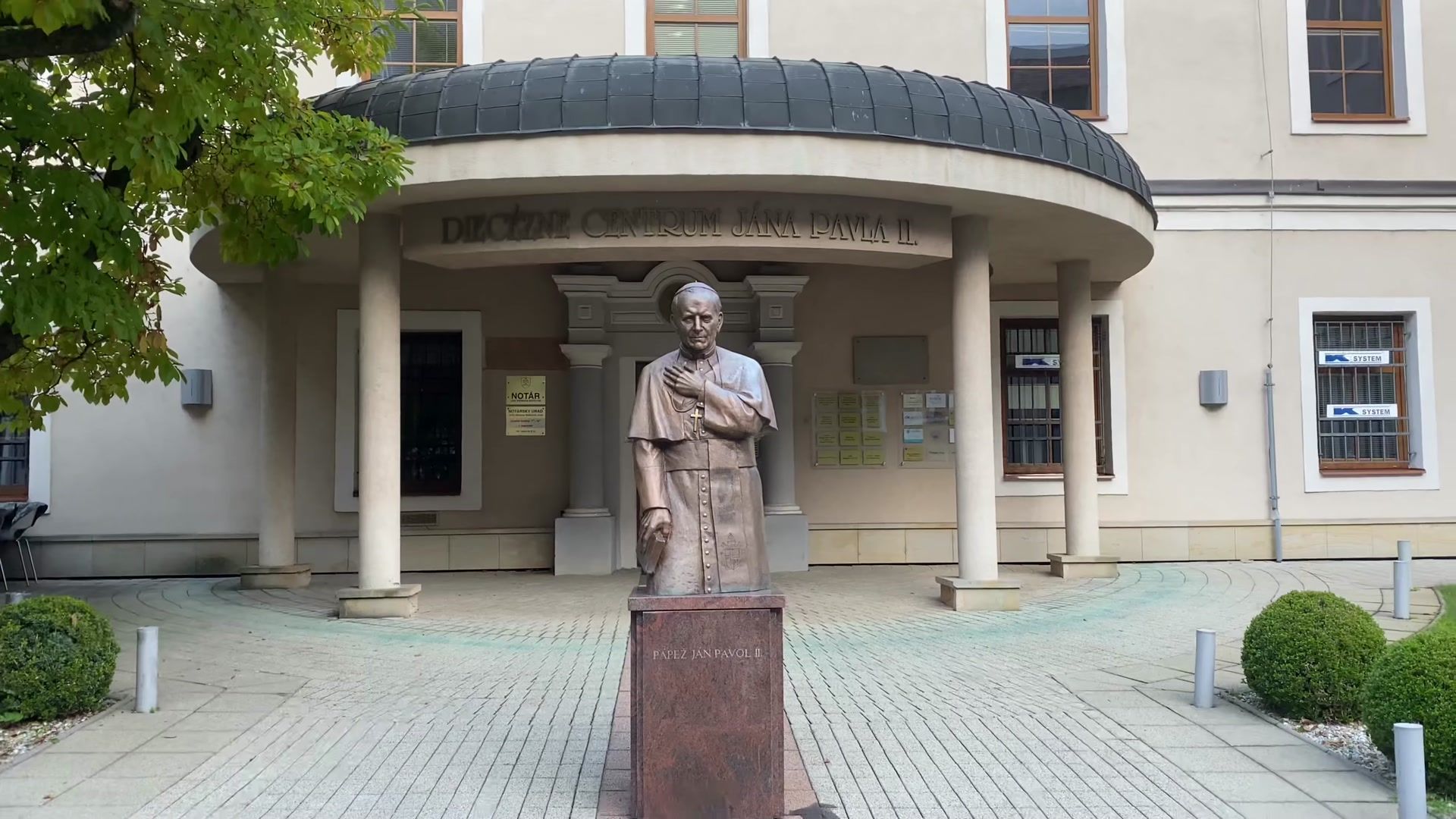
We visited SNP Square (Slovak National Uprising Square). There is a beautiful fountain in the middle of the square, covered with moss and it looks like the work of a landscape designer. But it is not working right now, maybe they are preparing for winter. On the side, there is a city information center with European Union, Slovakian and city flags. We visited the city information center and learned that the most popular tourist spots are located in the central square. There is the monument to the heroes who liberated the city from occupation, the Marian Column (plague column), the Clock Tower, the town hall and the city castle, which has a pub inside. There is also the state gallery and the Church of the Assumption of the Virgin Mary.
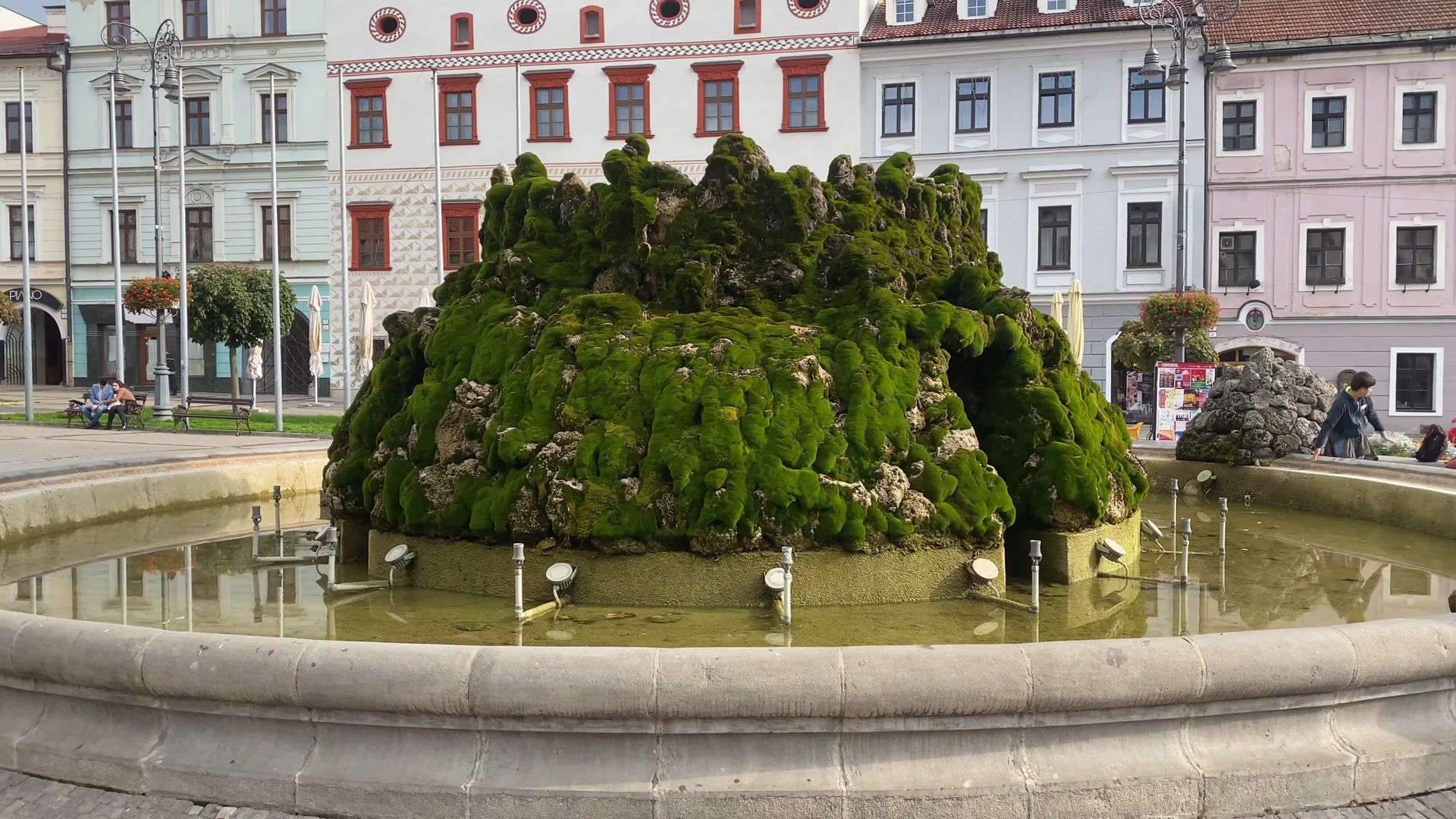
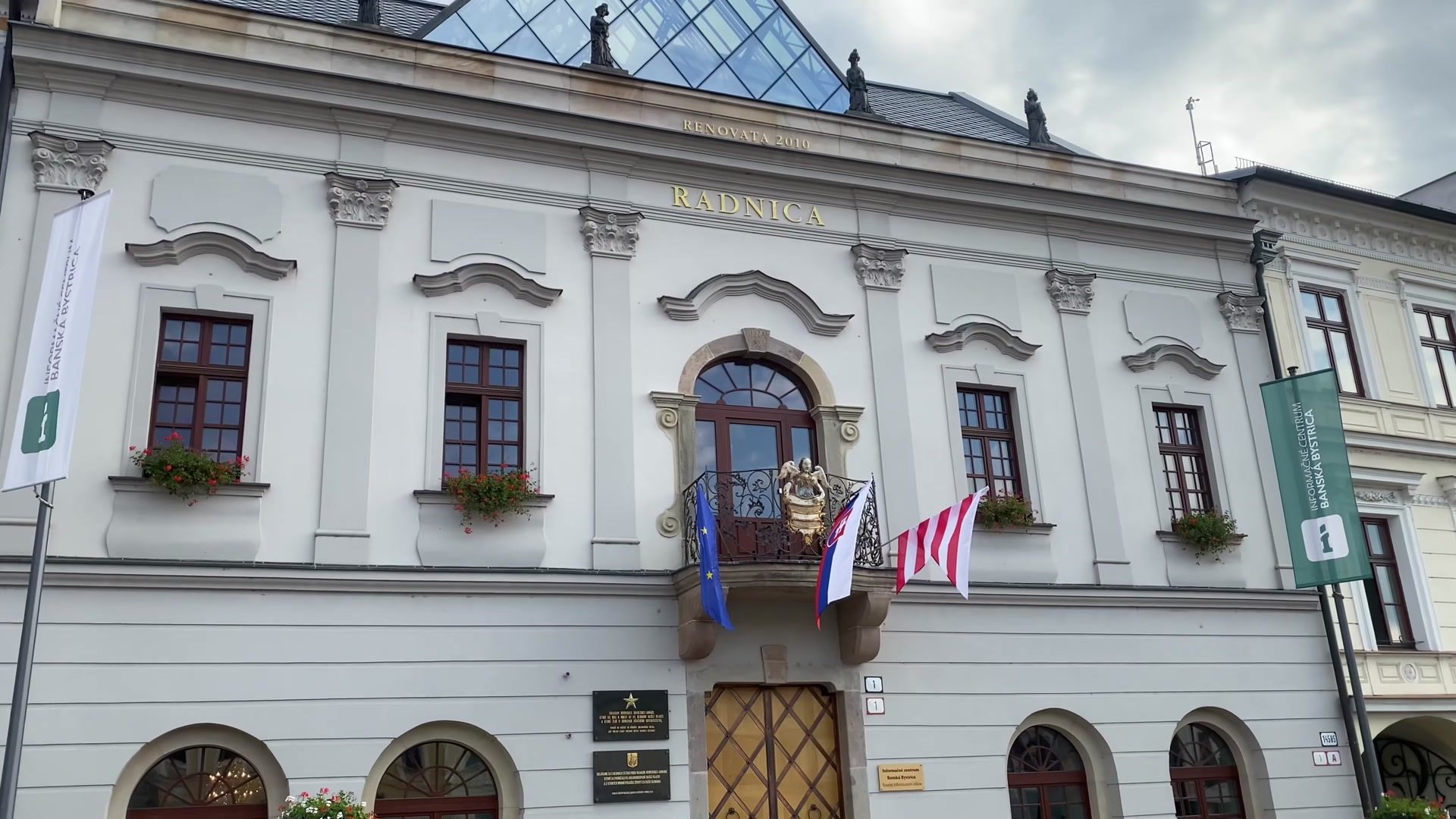

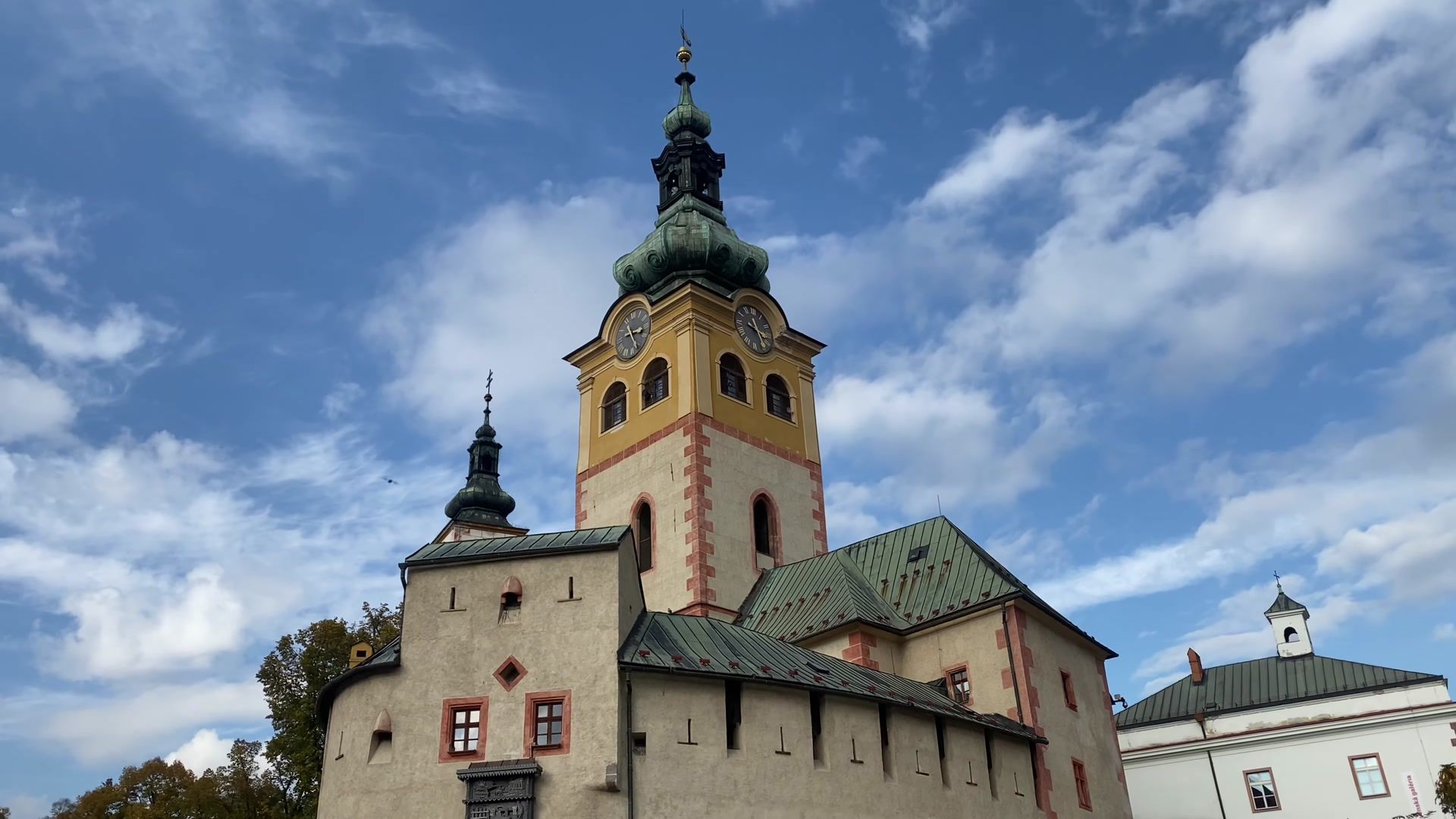

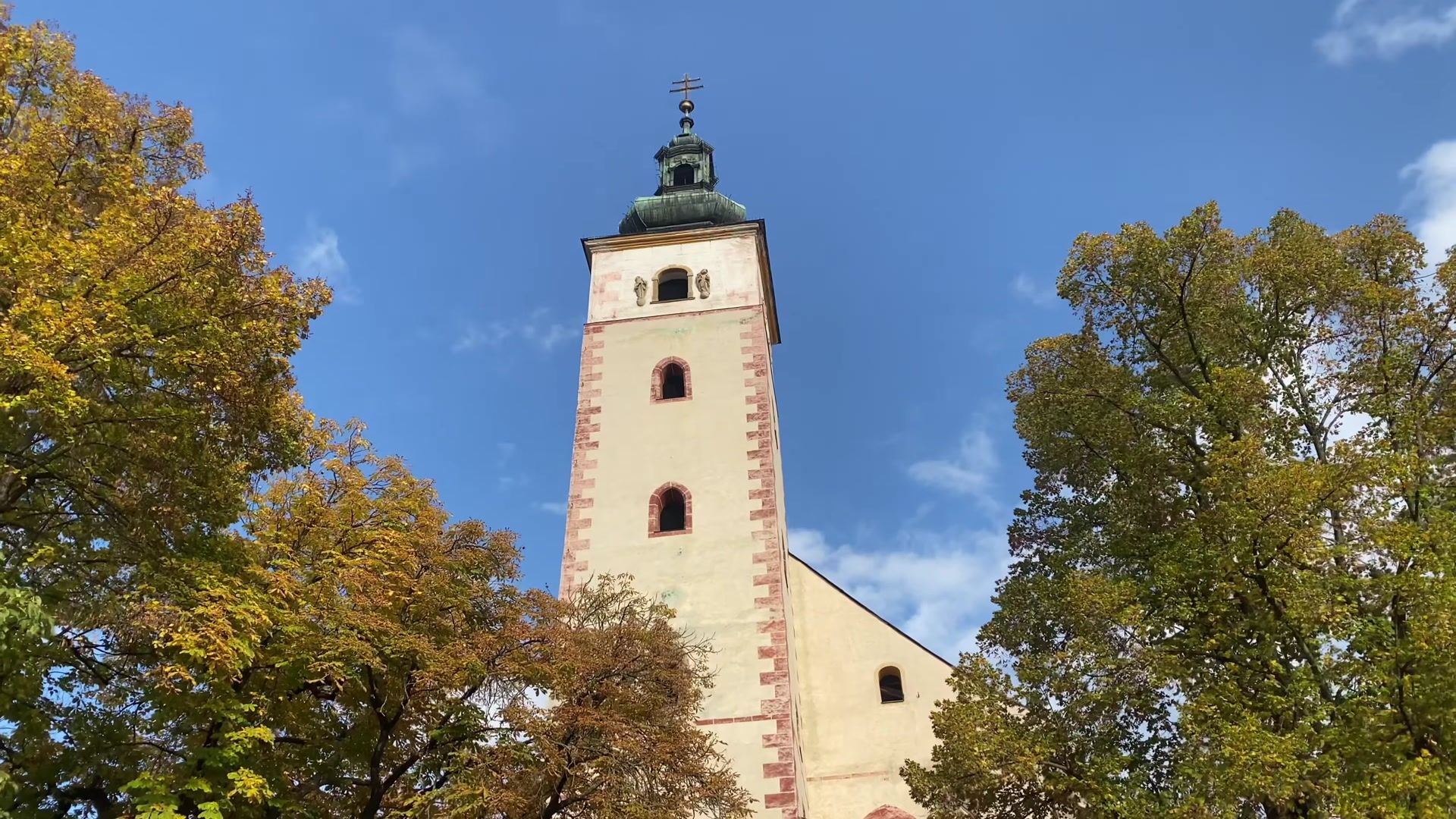
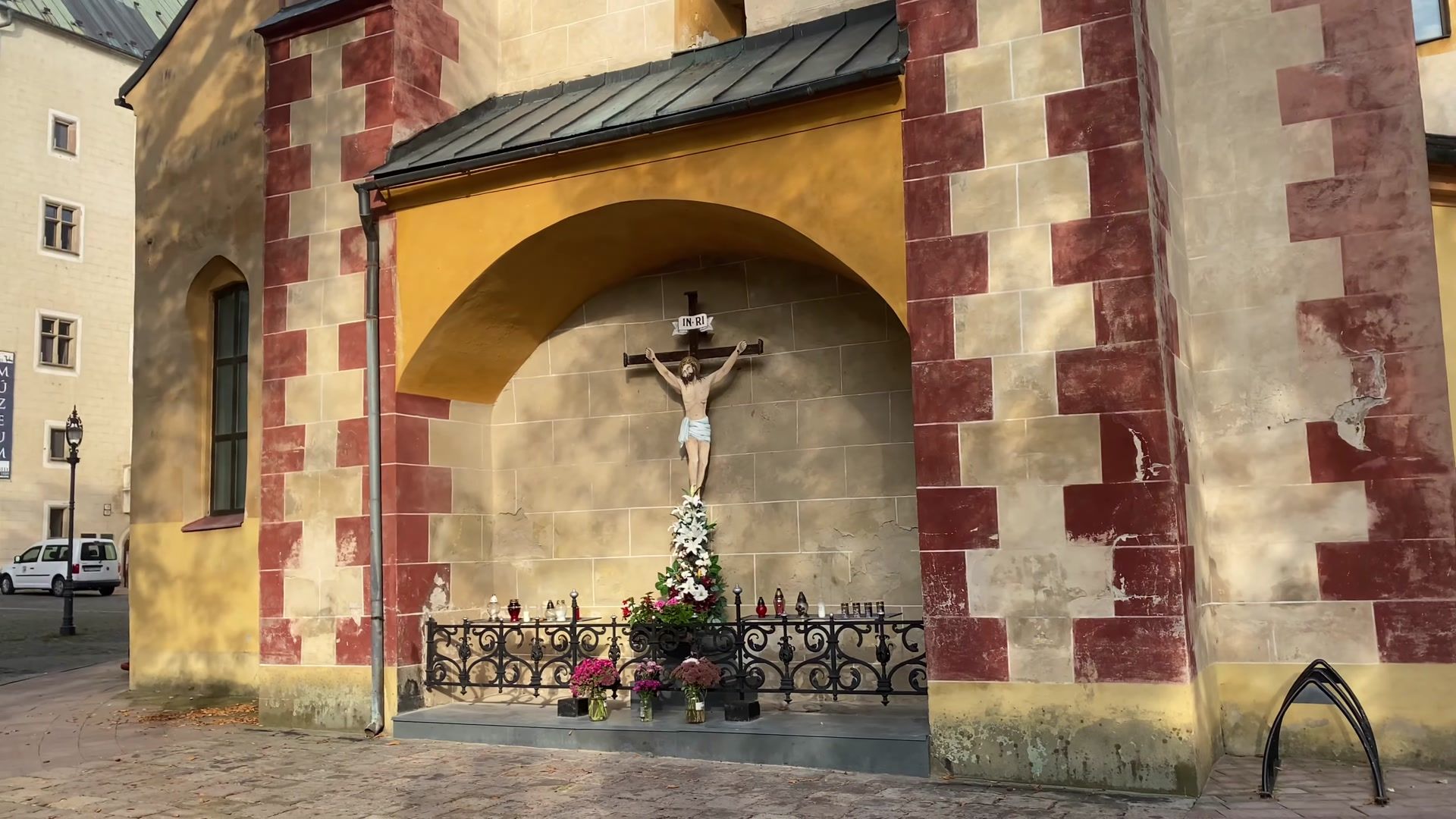
Near the central square, there is the Museum of the Slovak National Uprising. In August 1944, the city became the center of the national uprising against the occupations. While the uprising was suppressed, the city was reoccupied by German forces and liberated again on March 25, 1945.
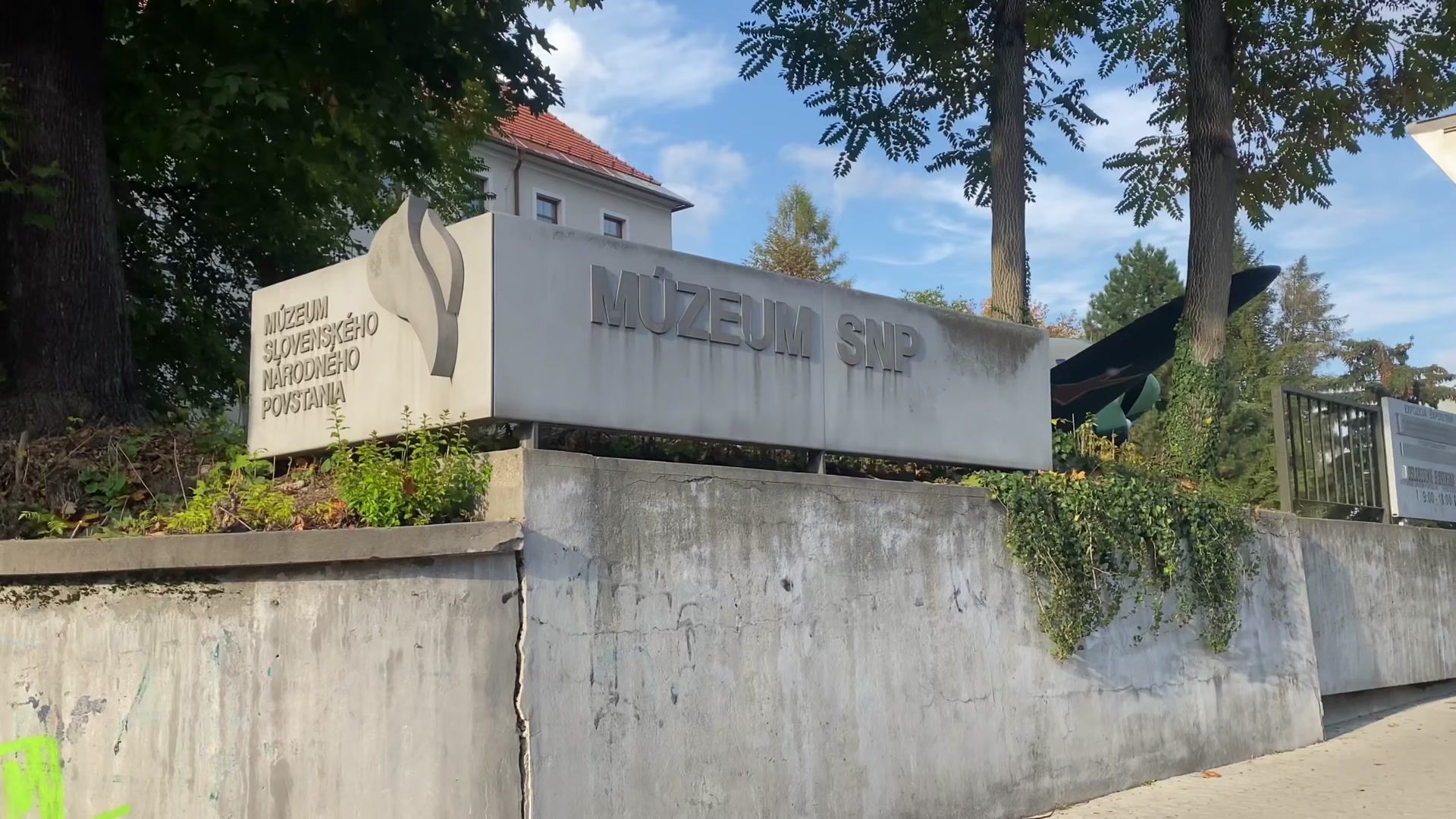
I am sure you would enjoy seeing everything here live. If you are nearby, I recommend visiting this place.
